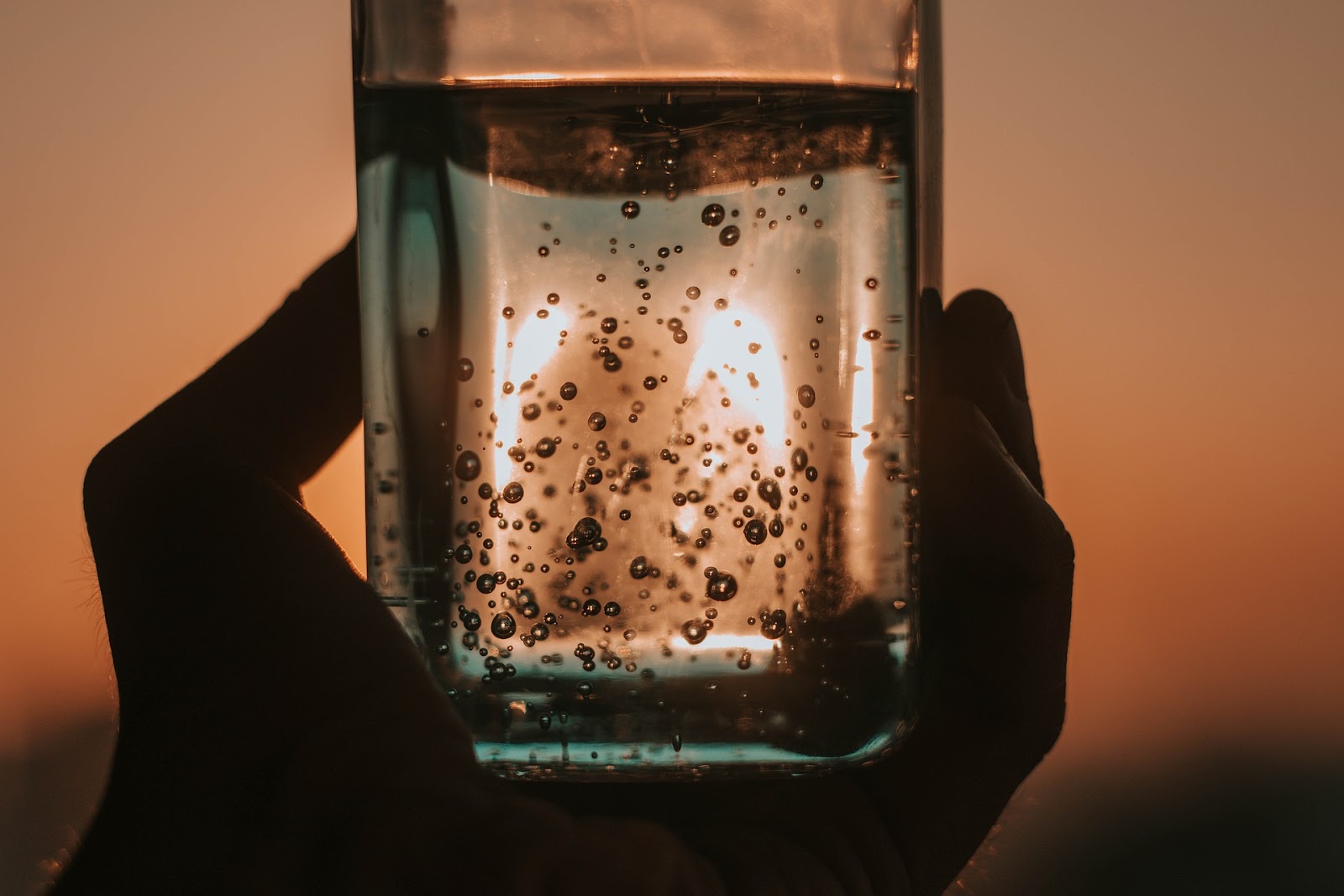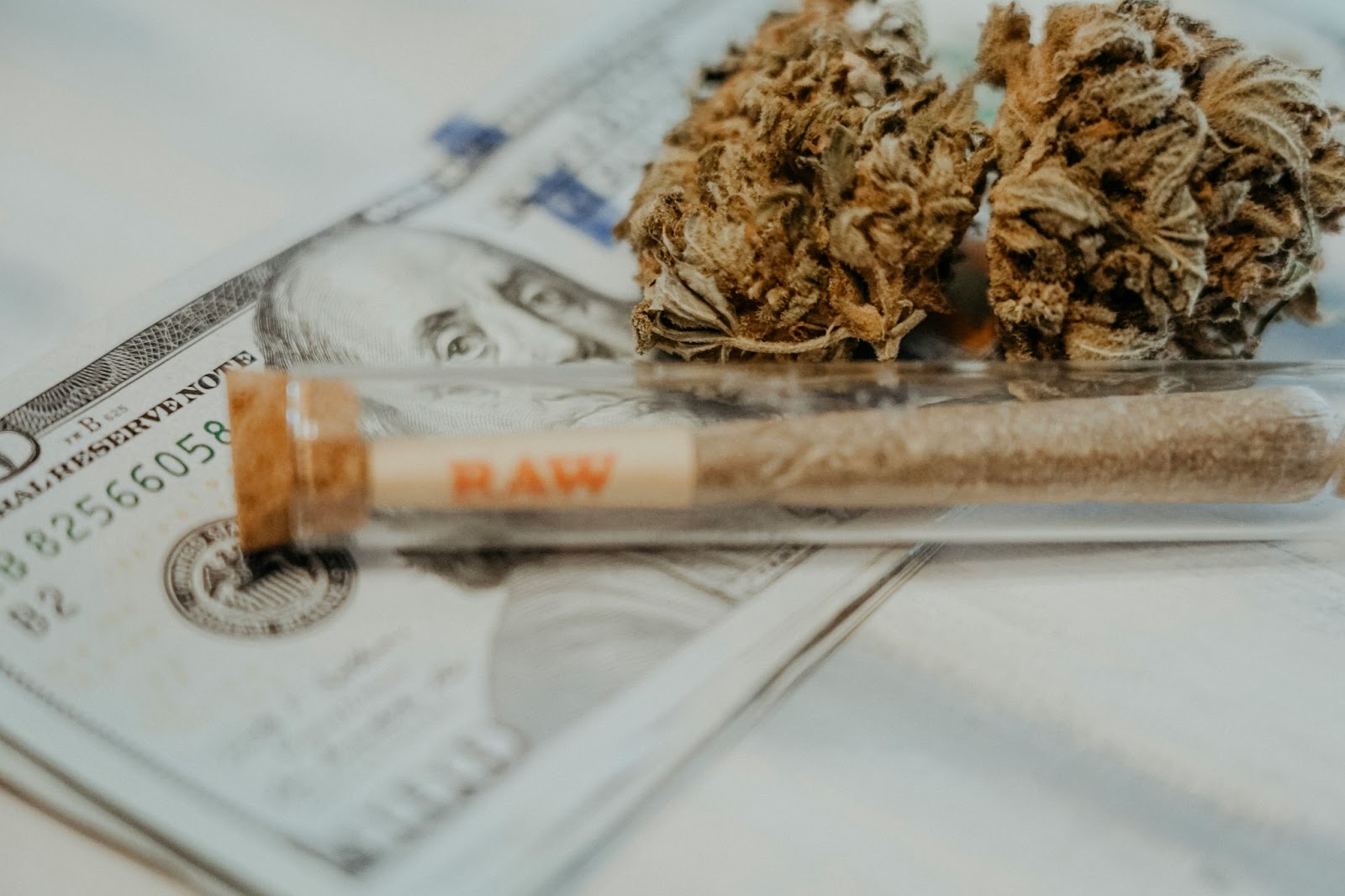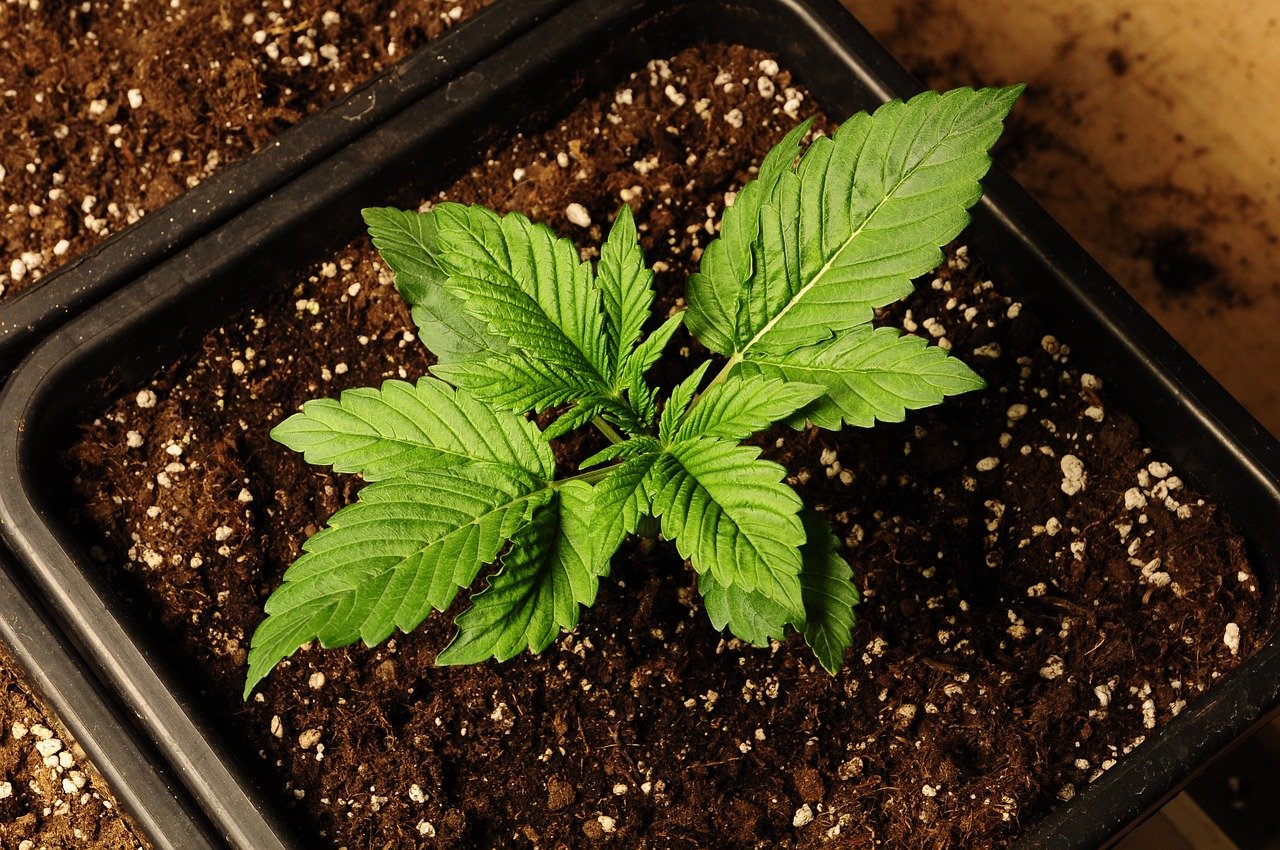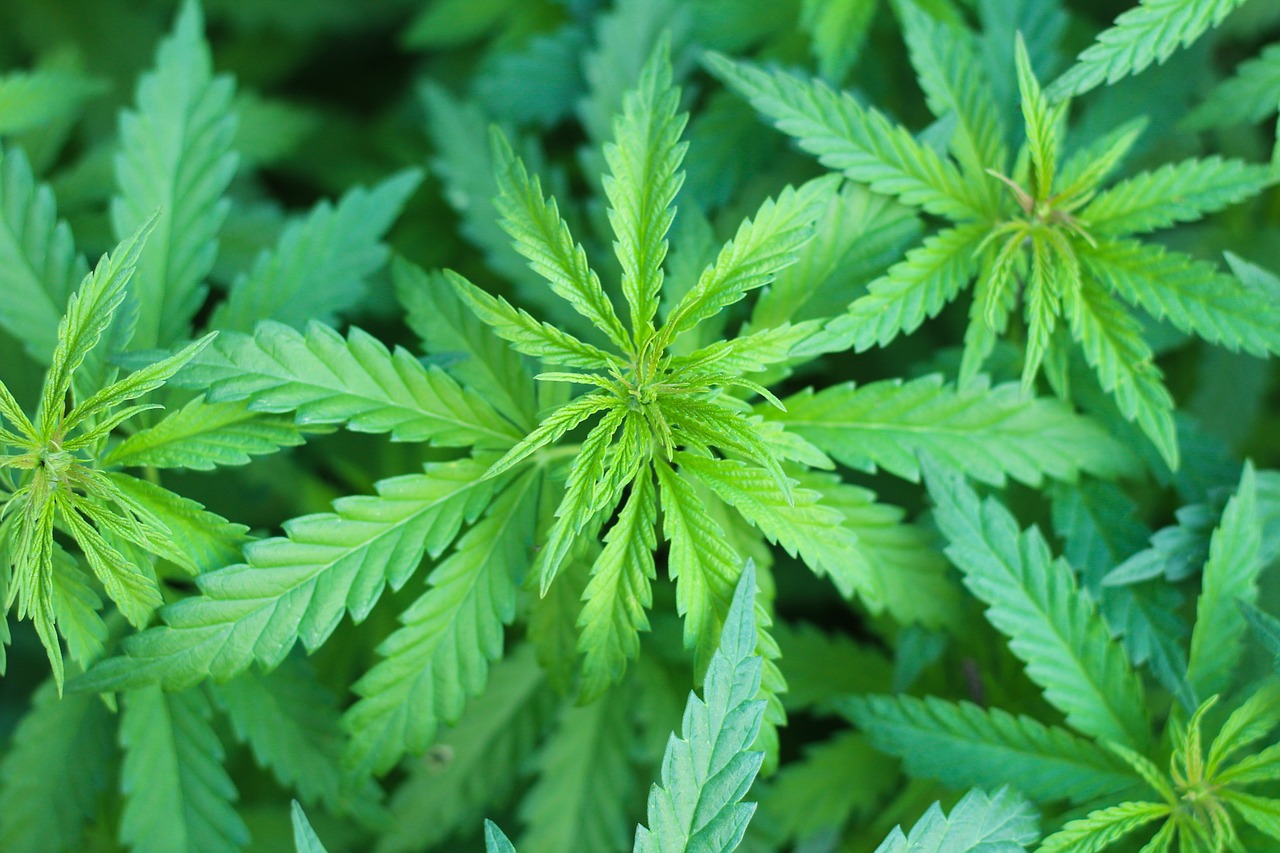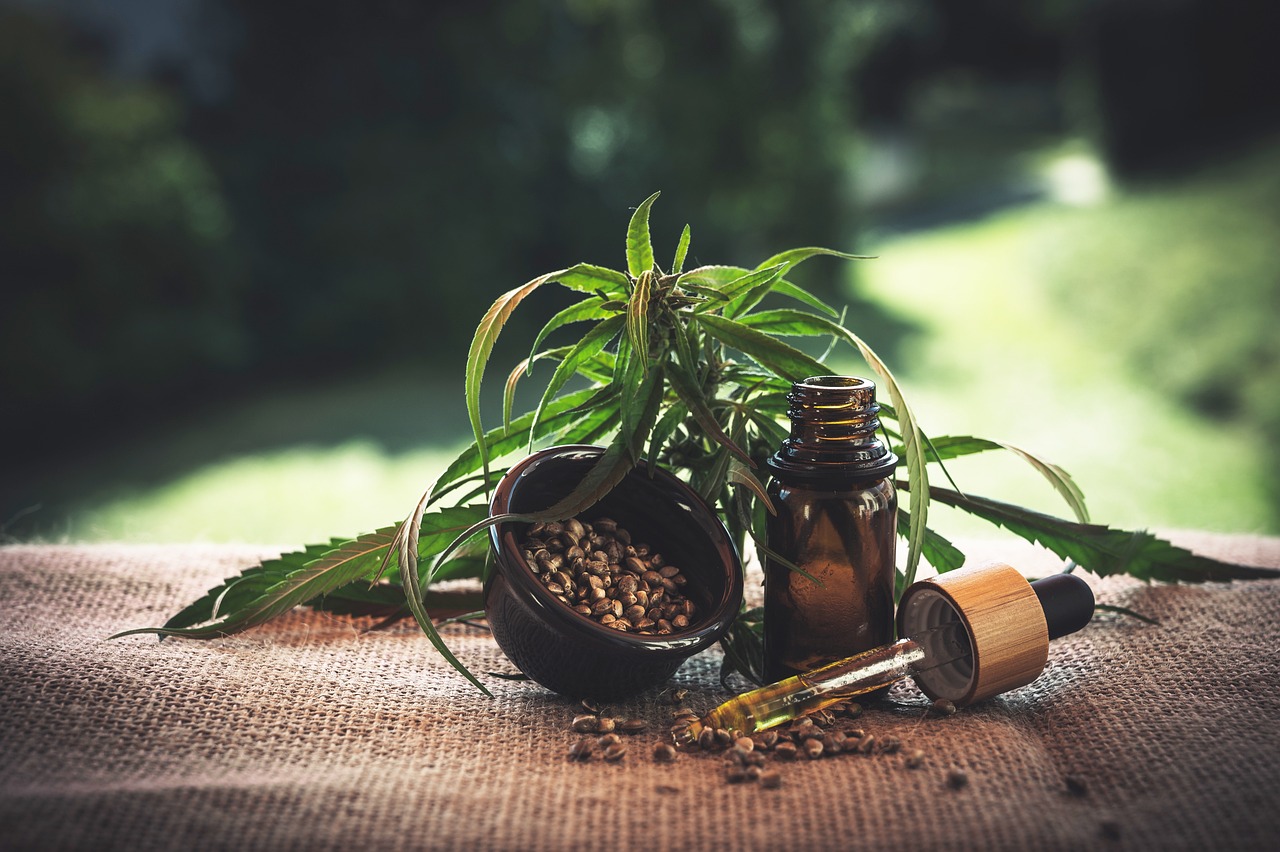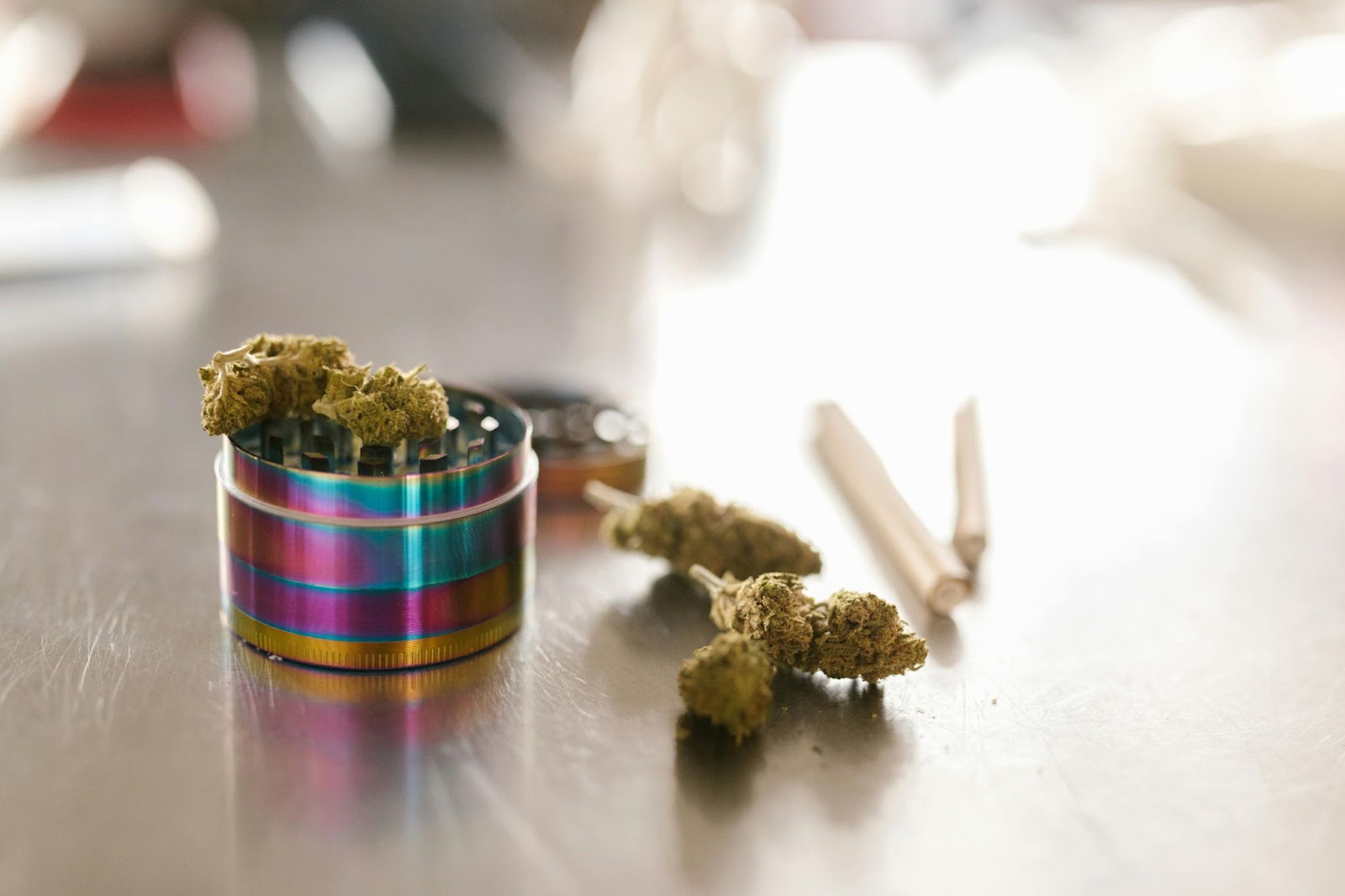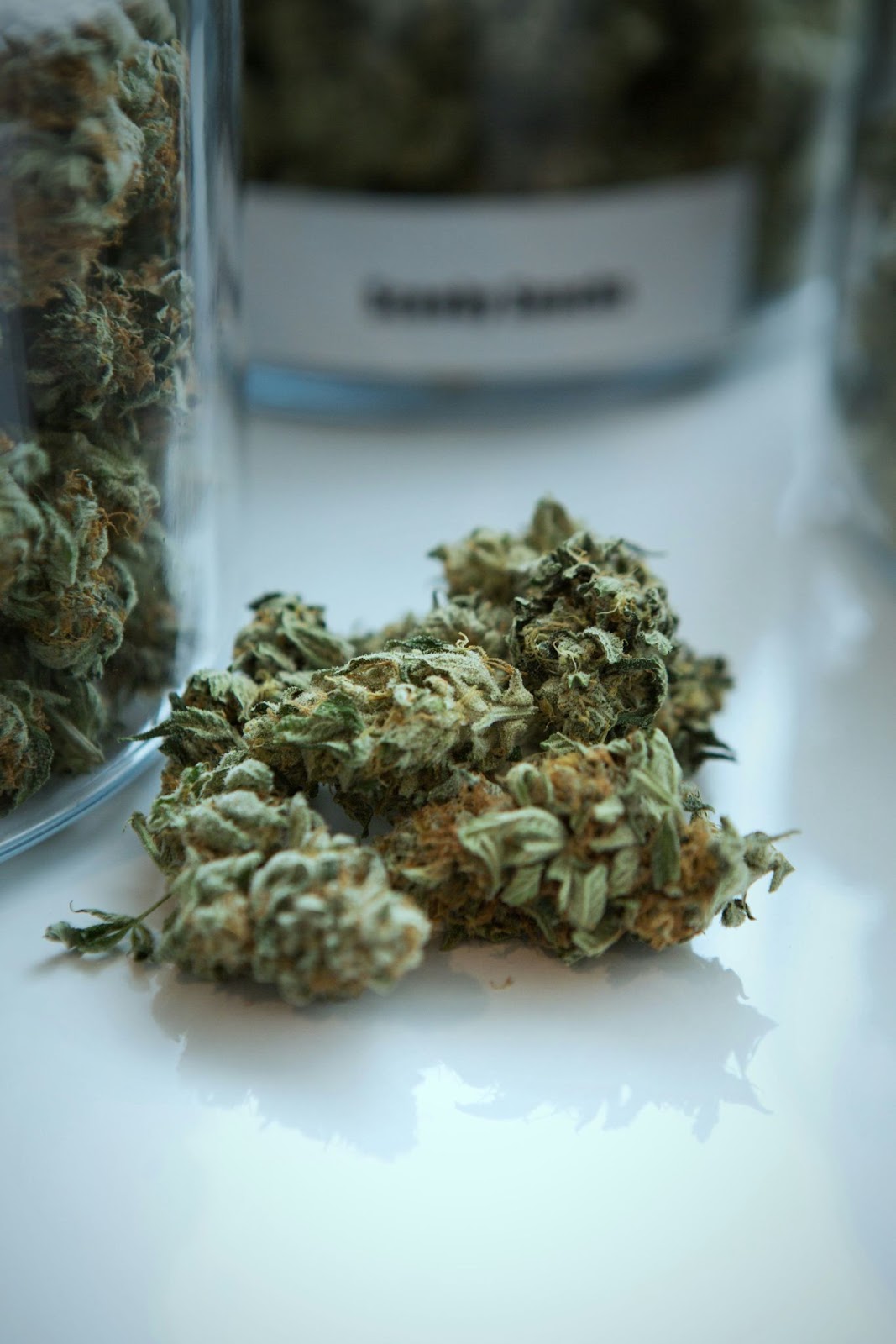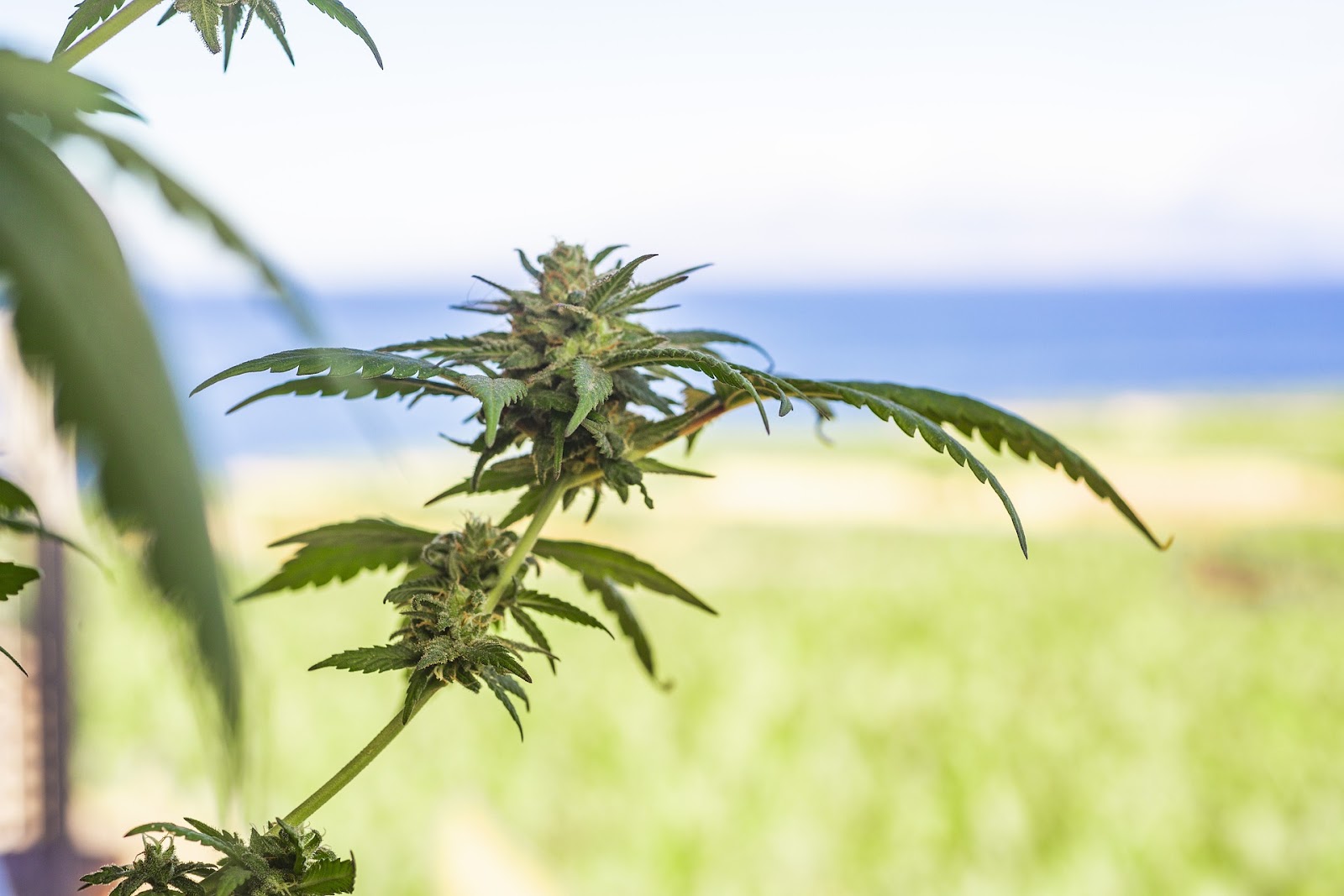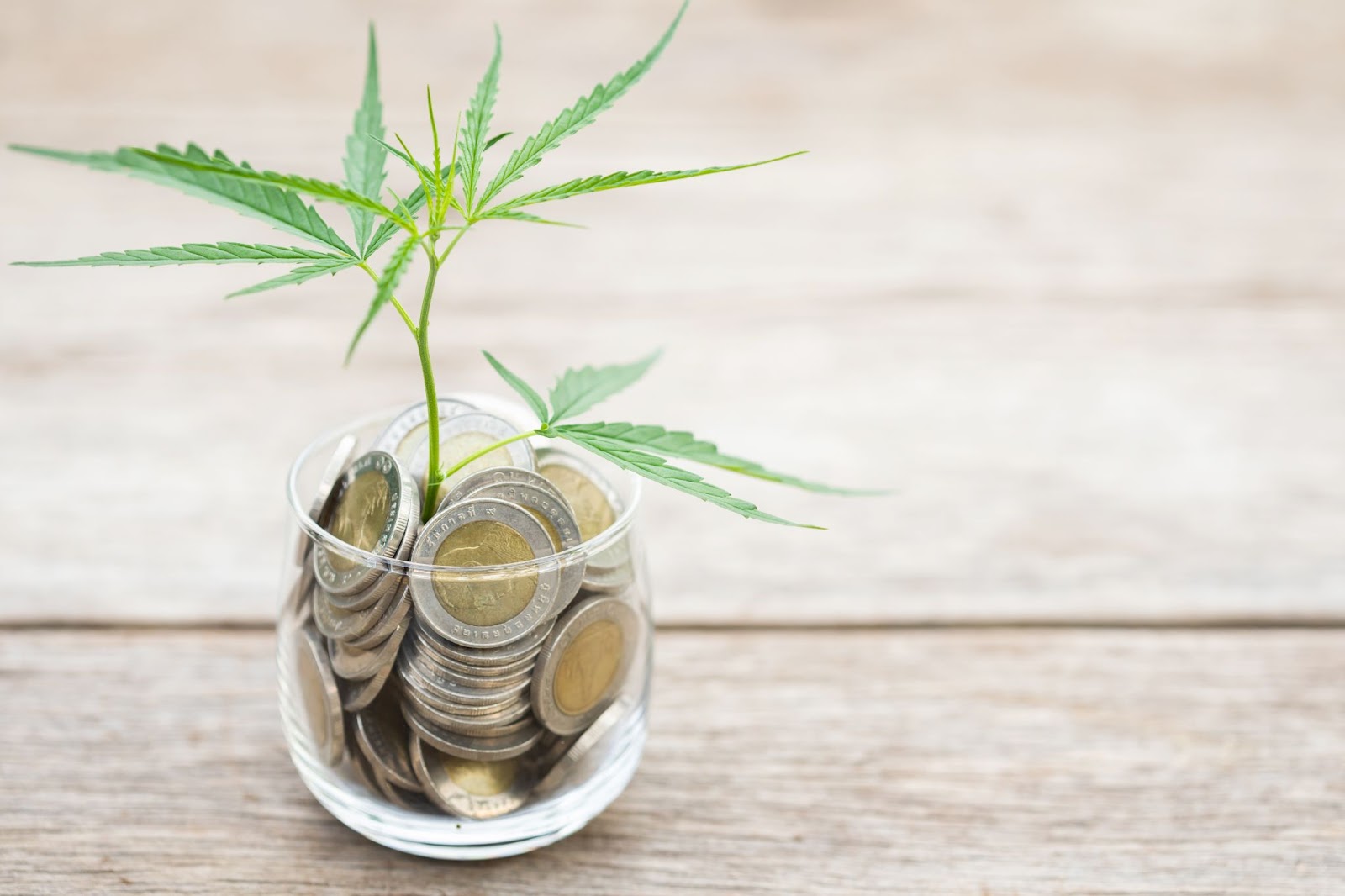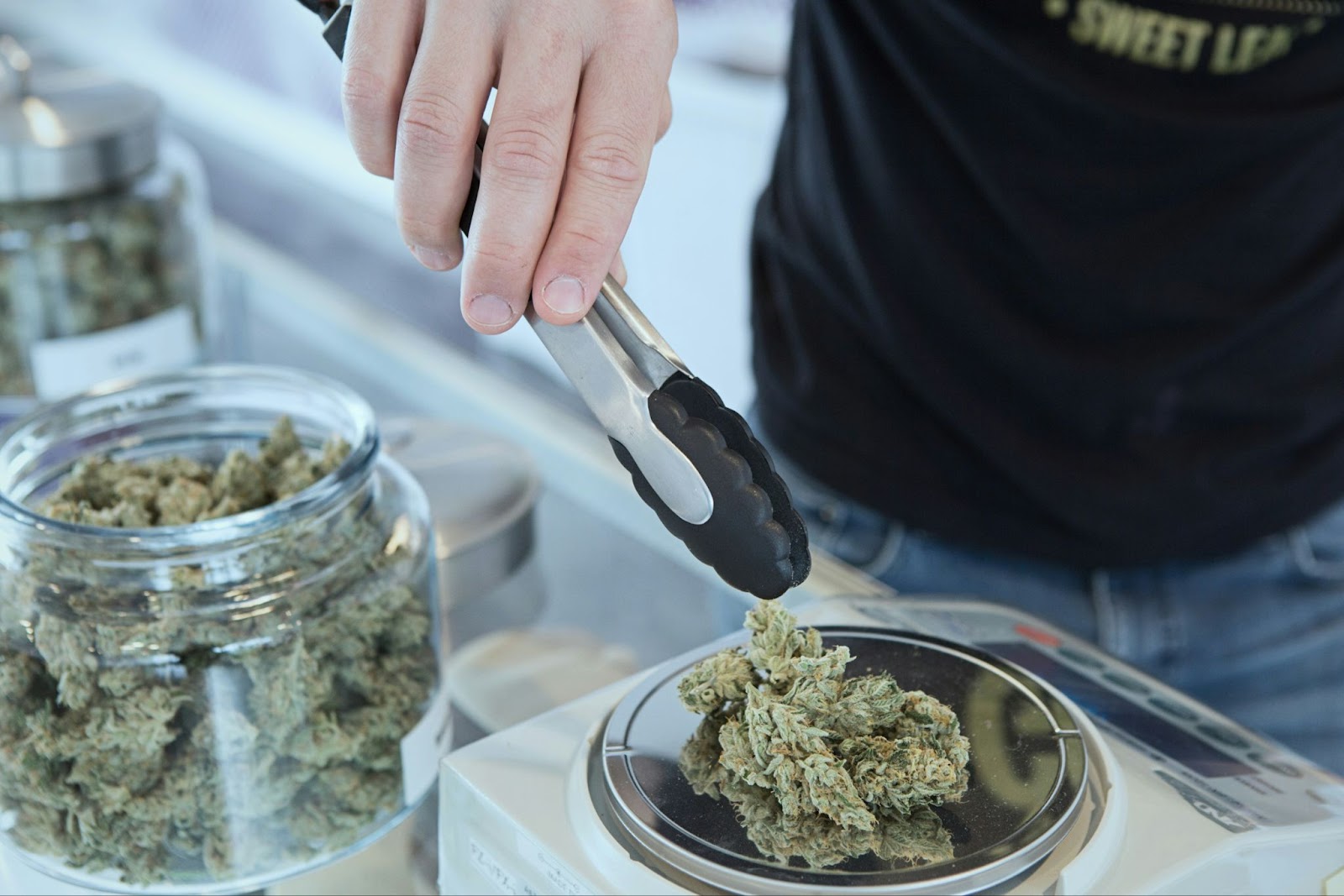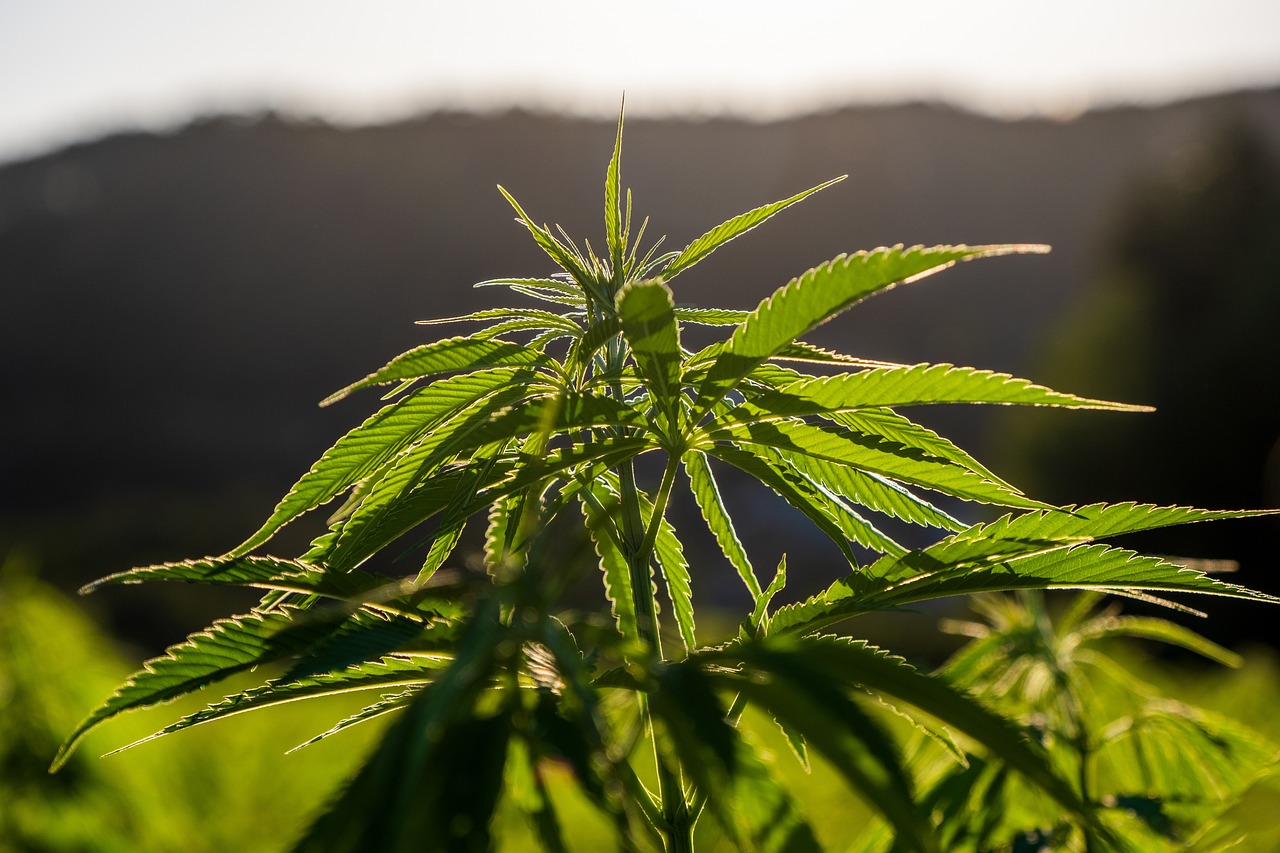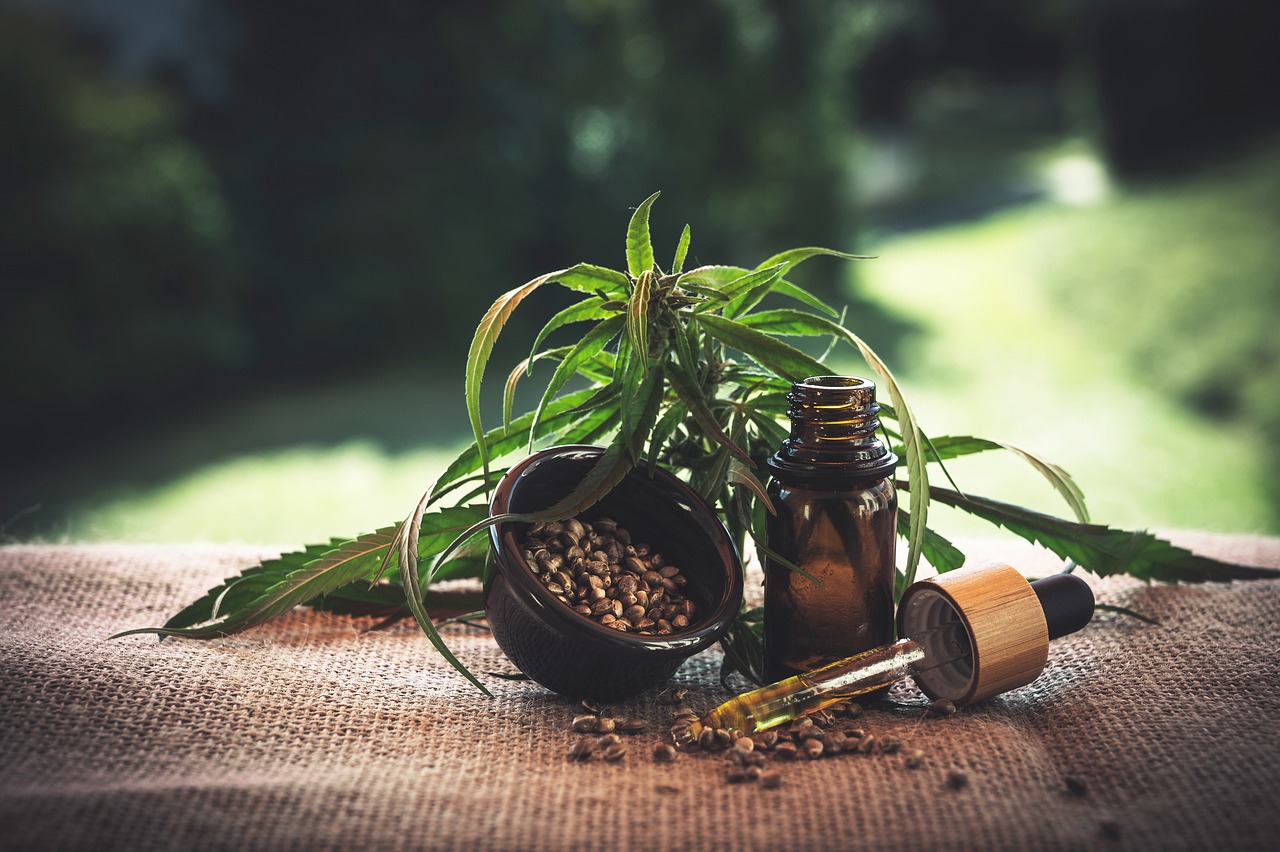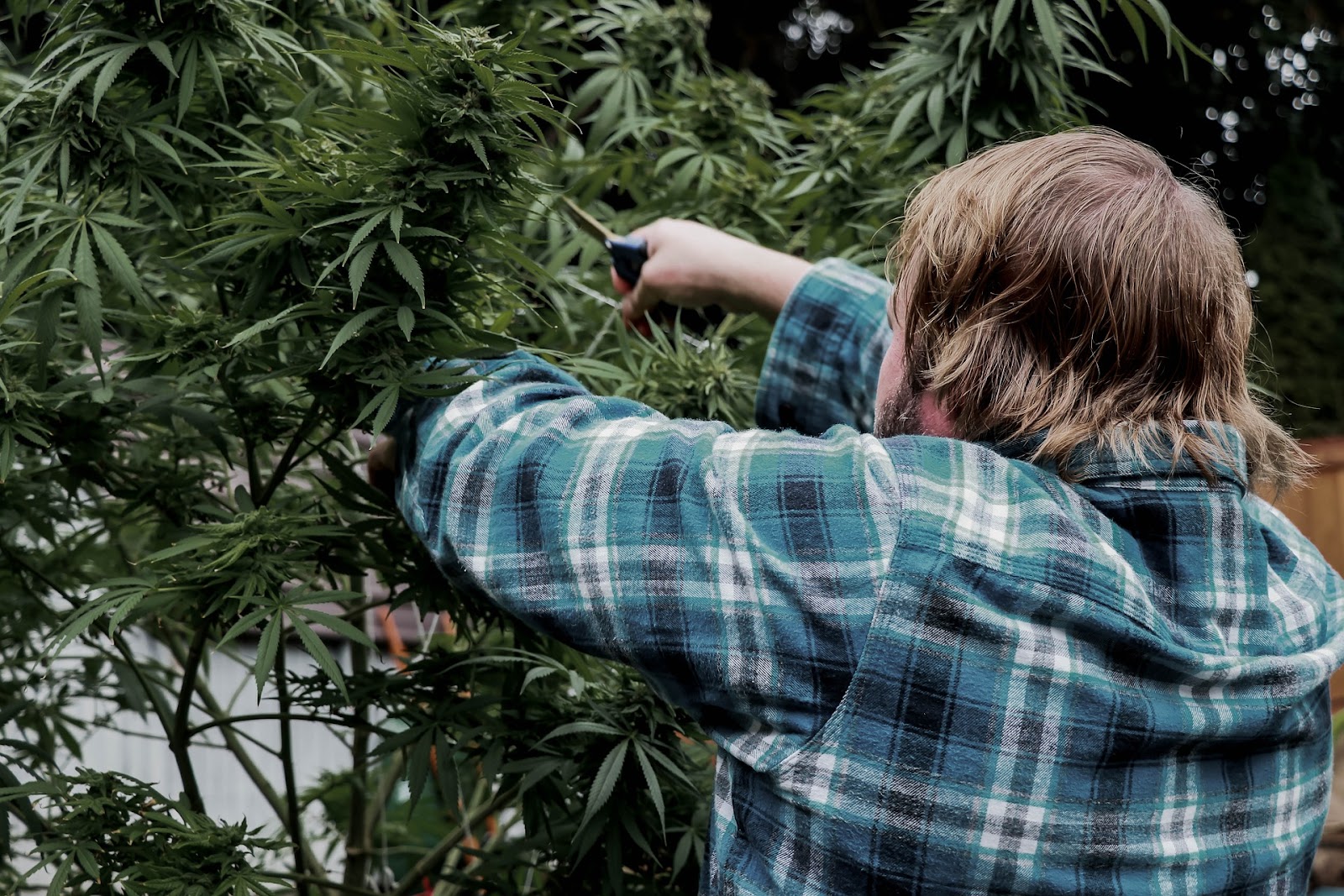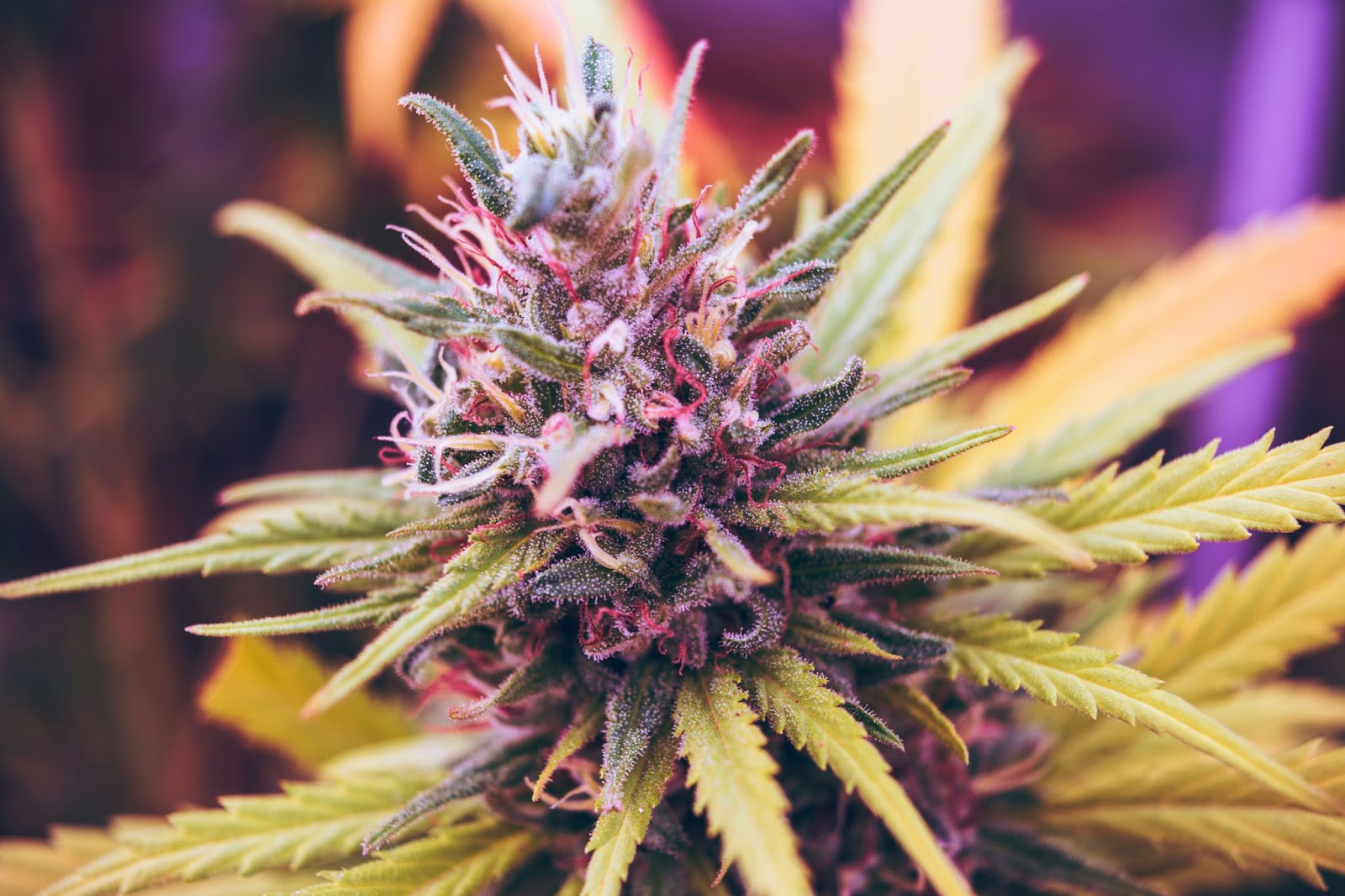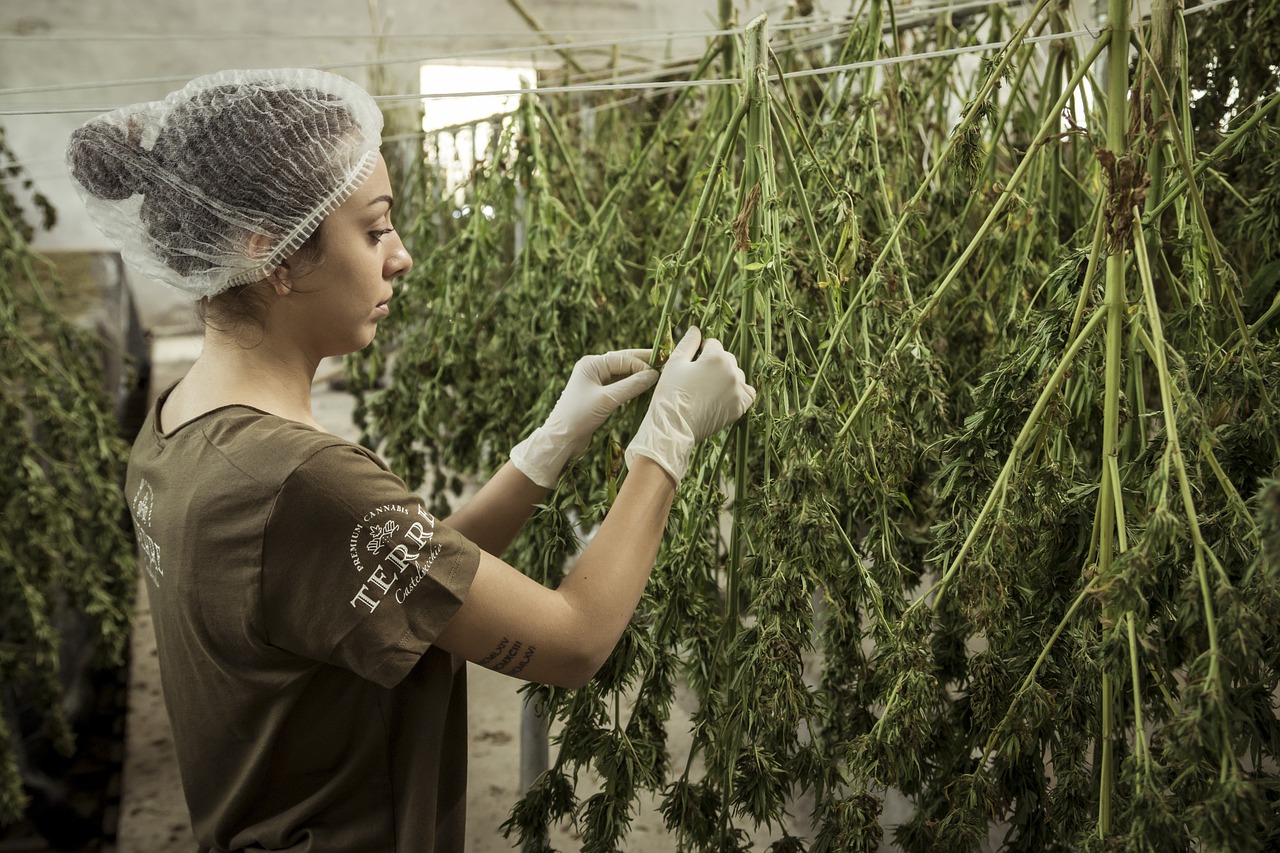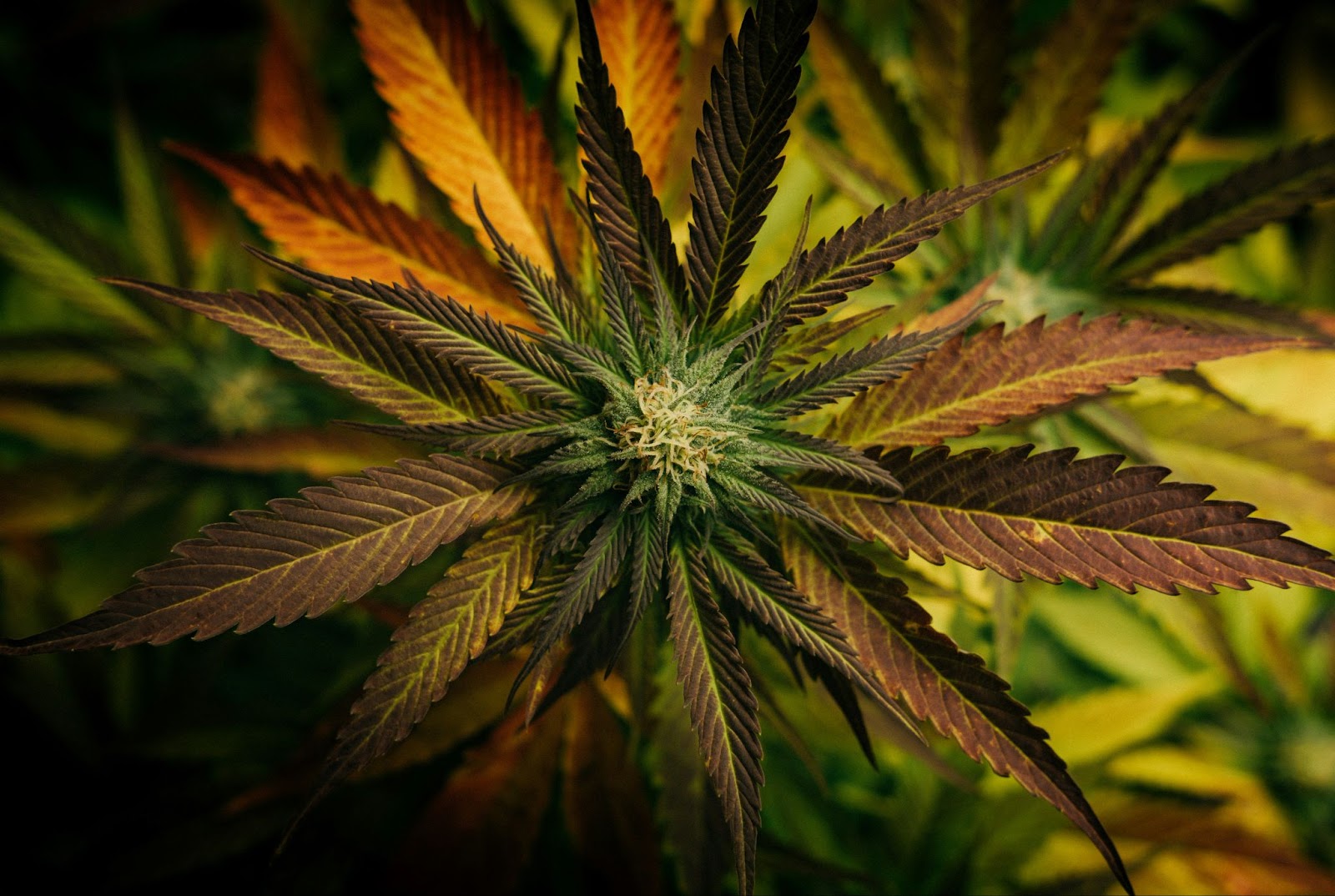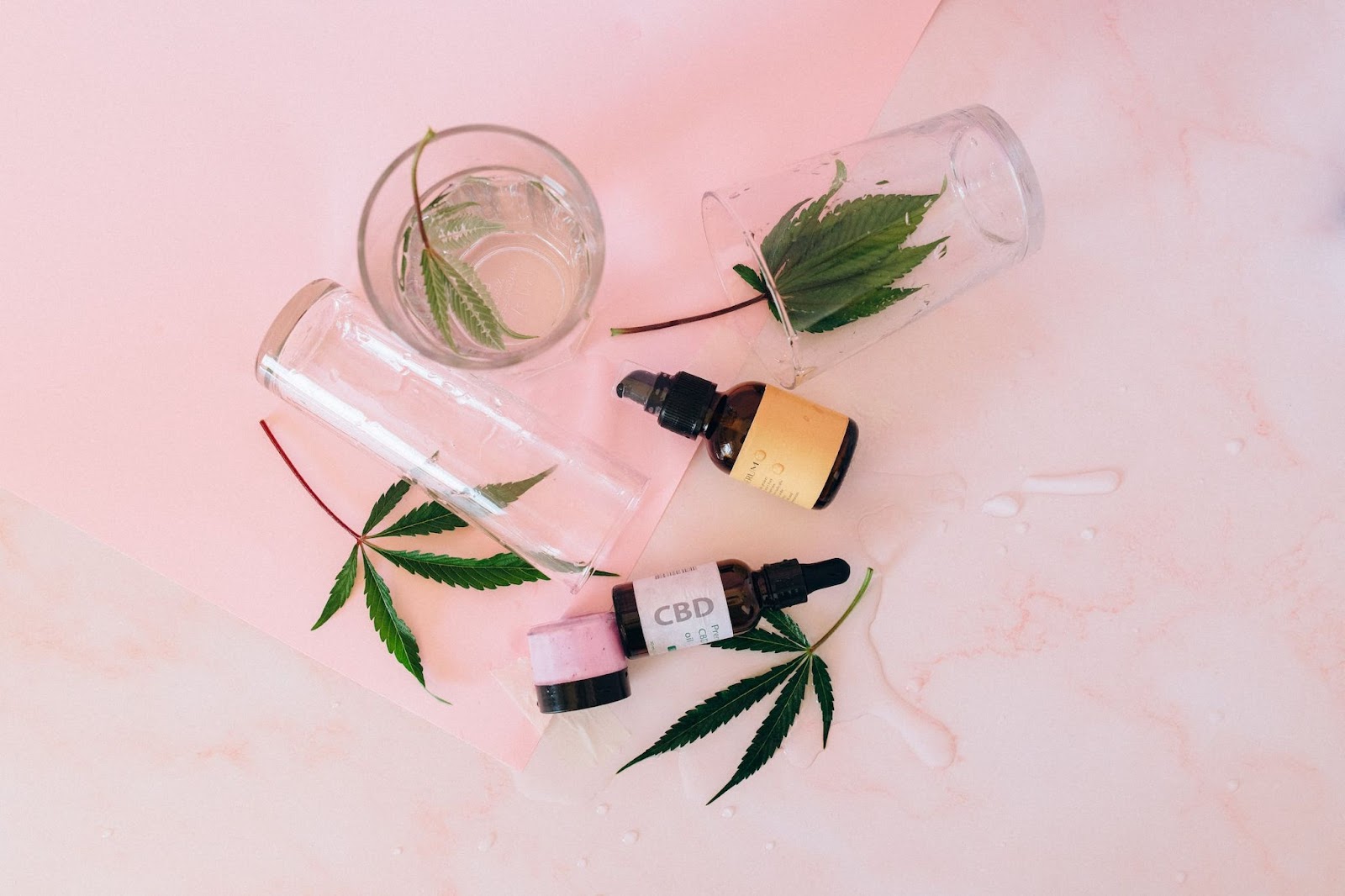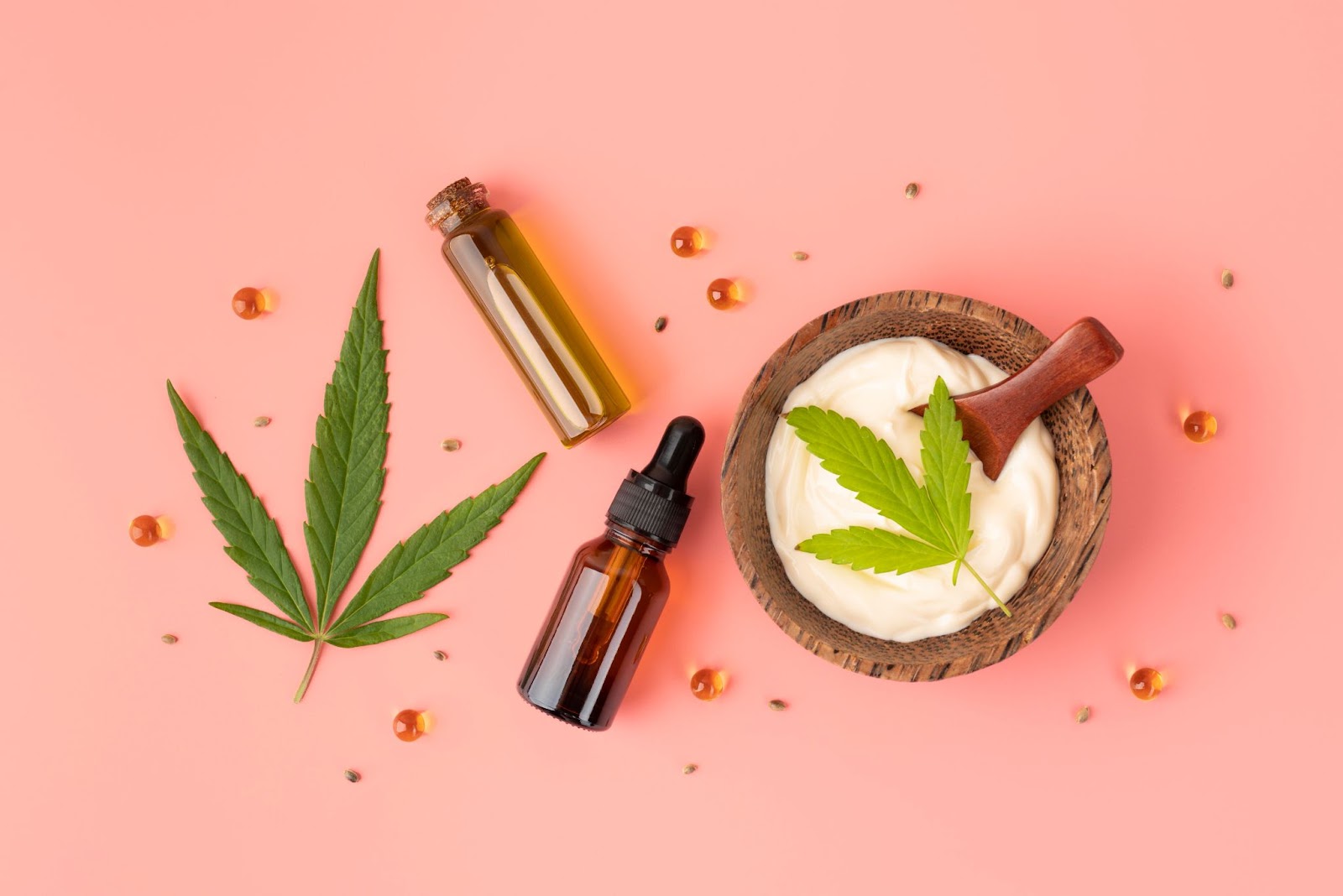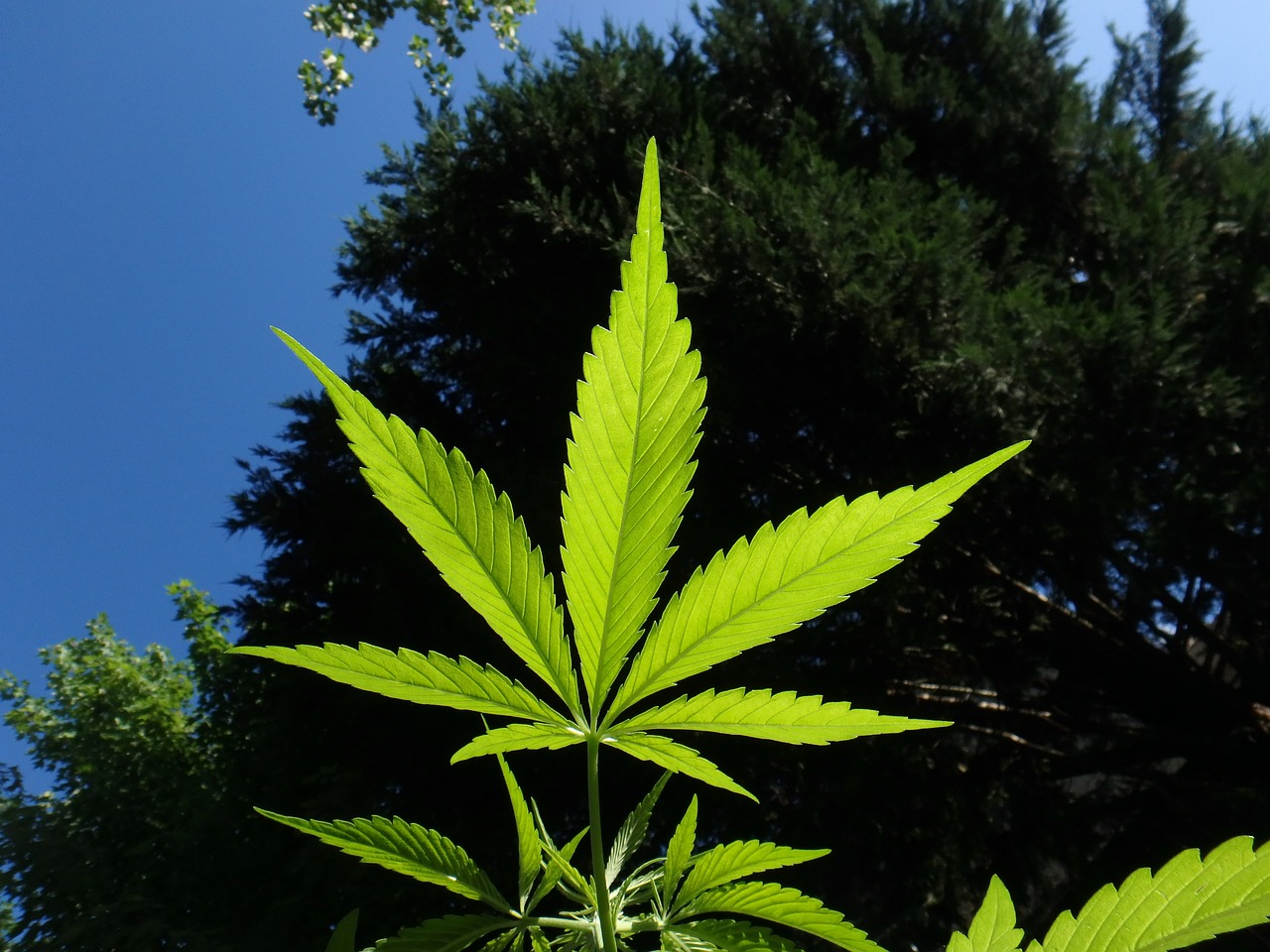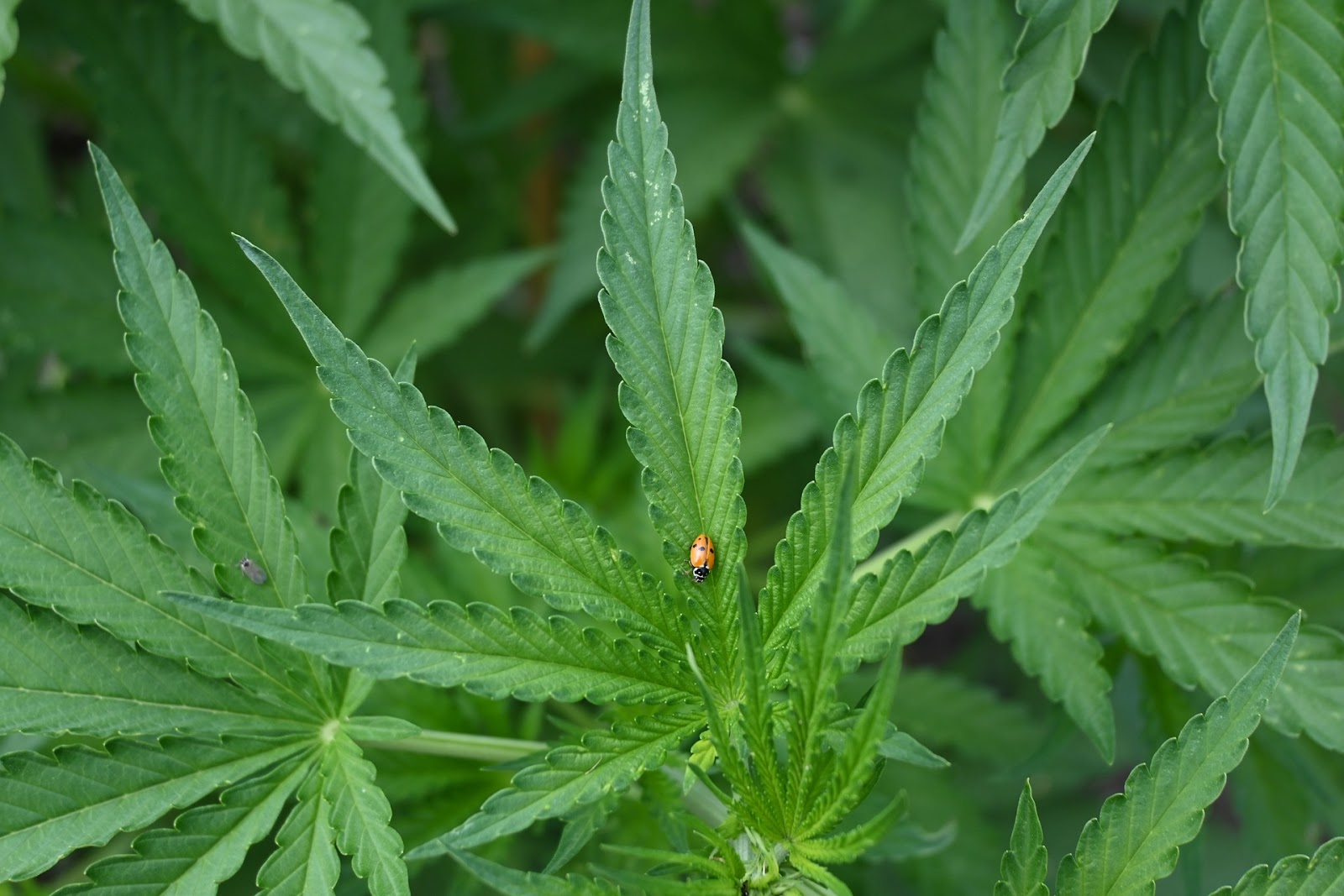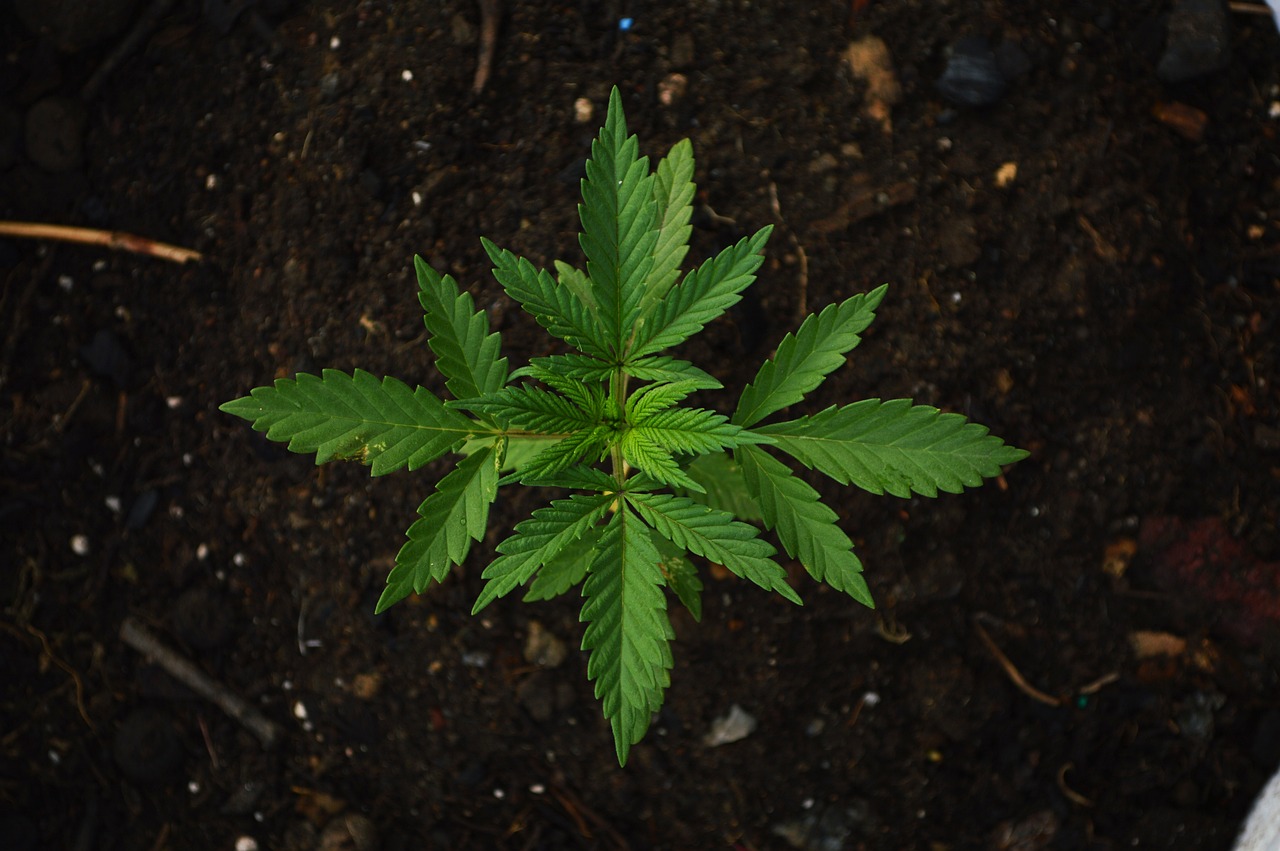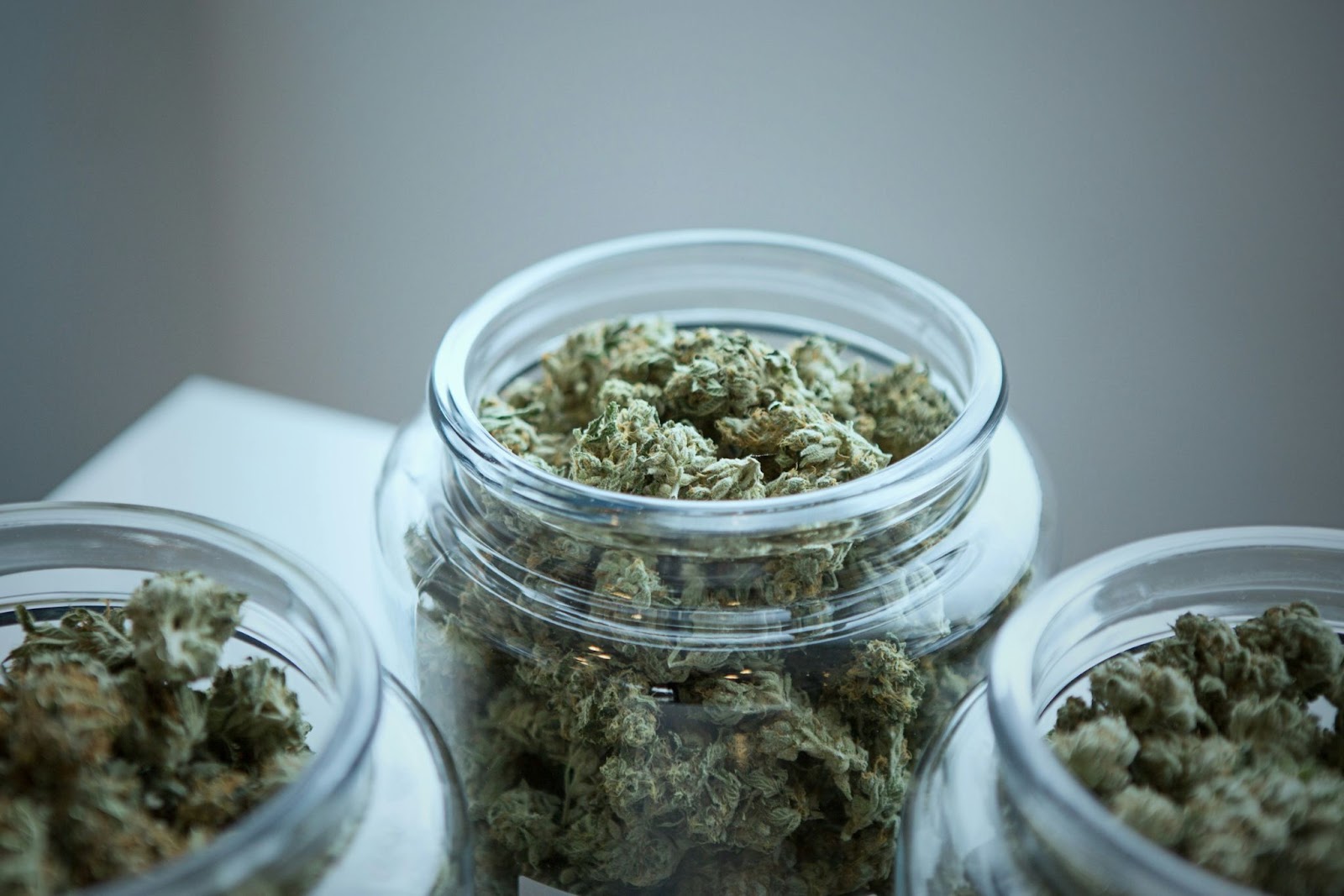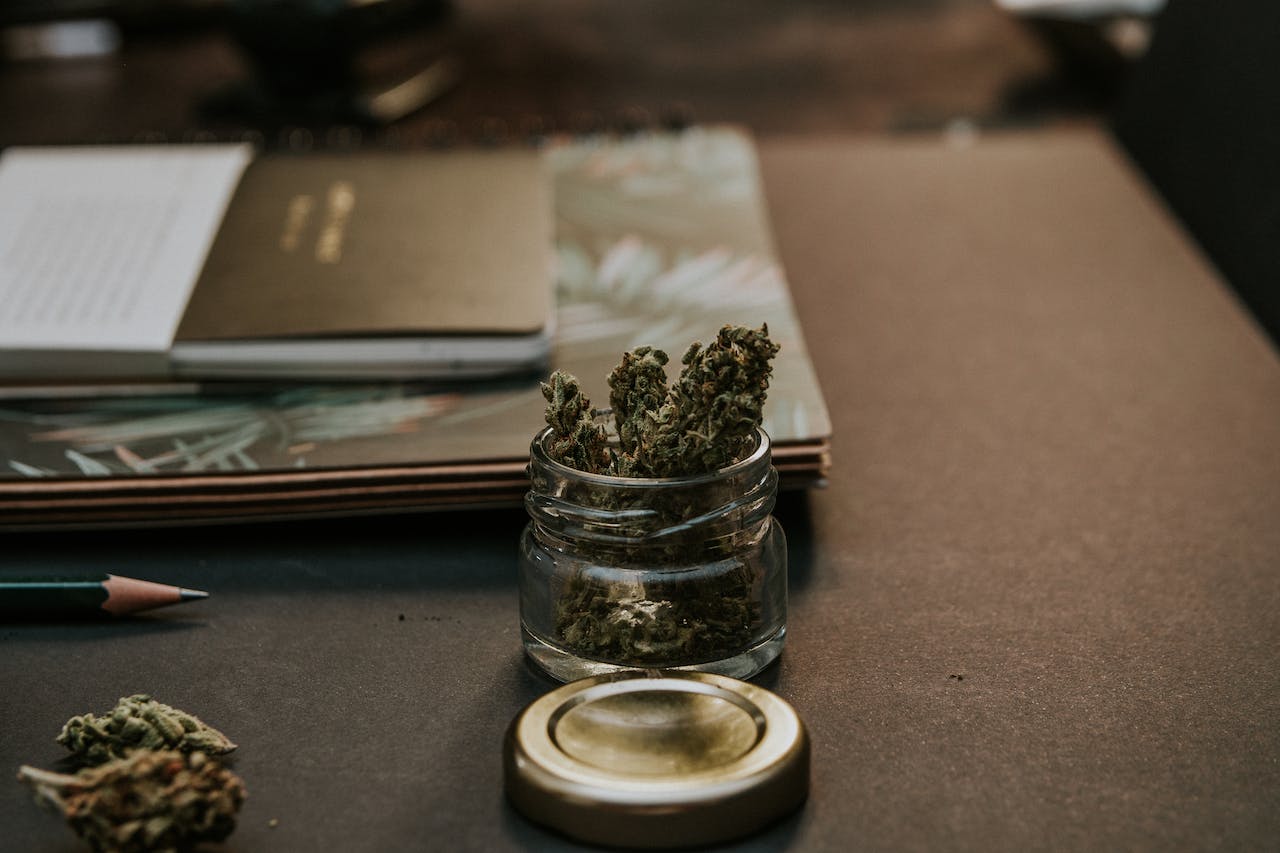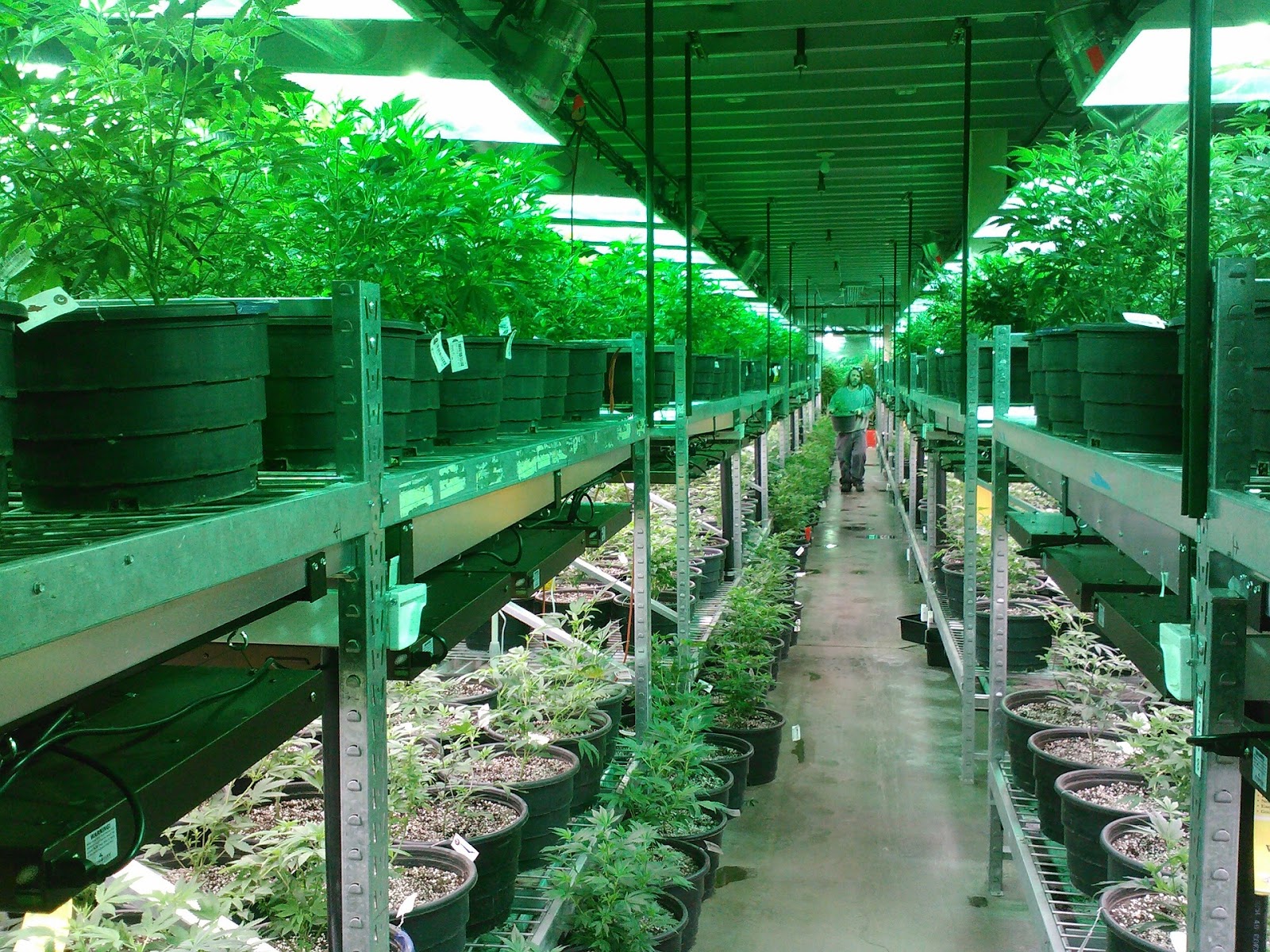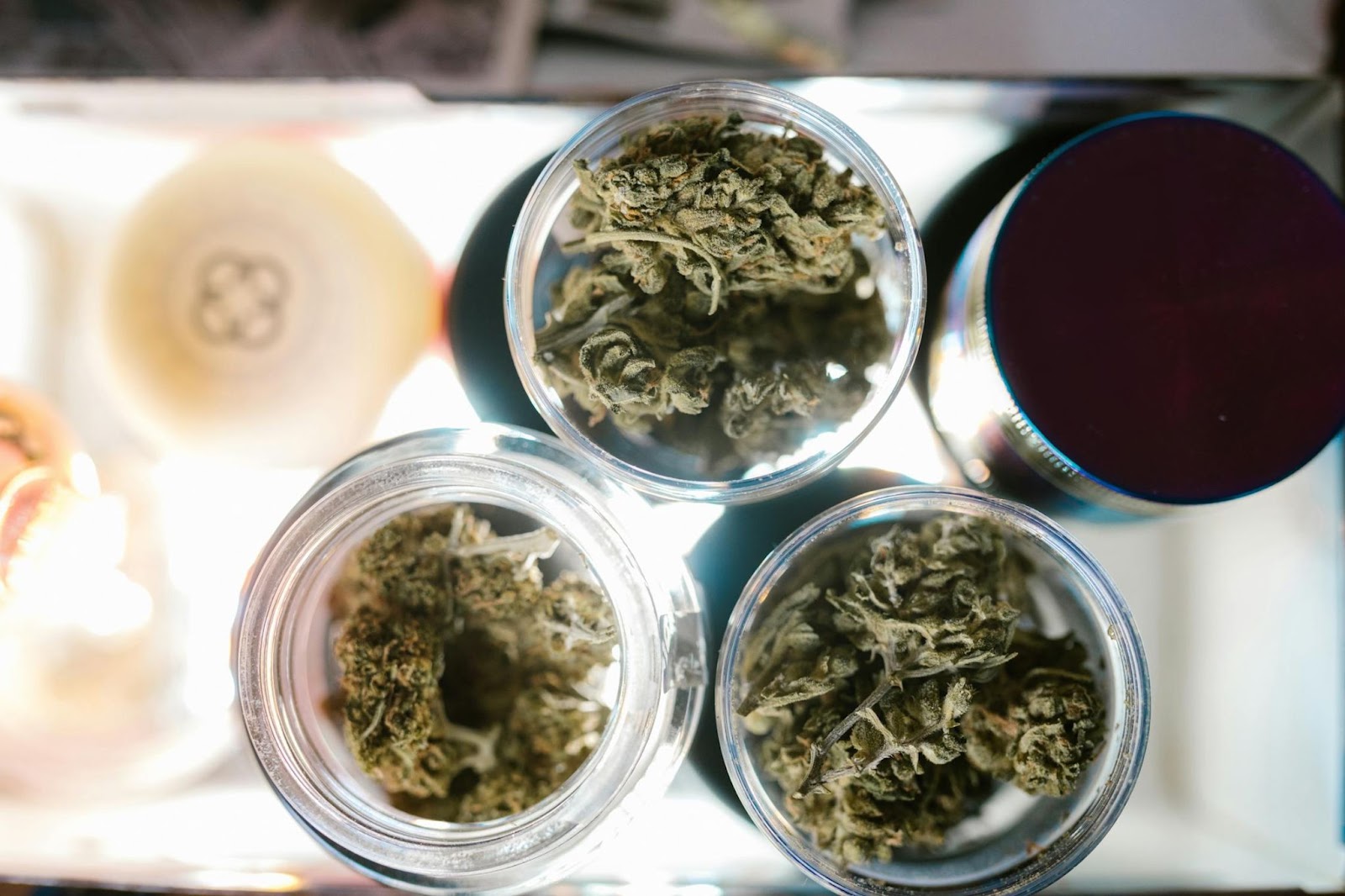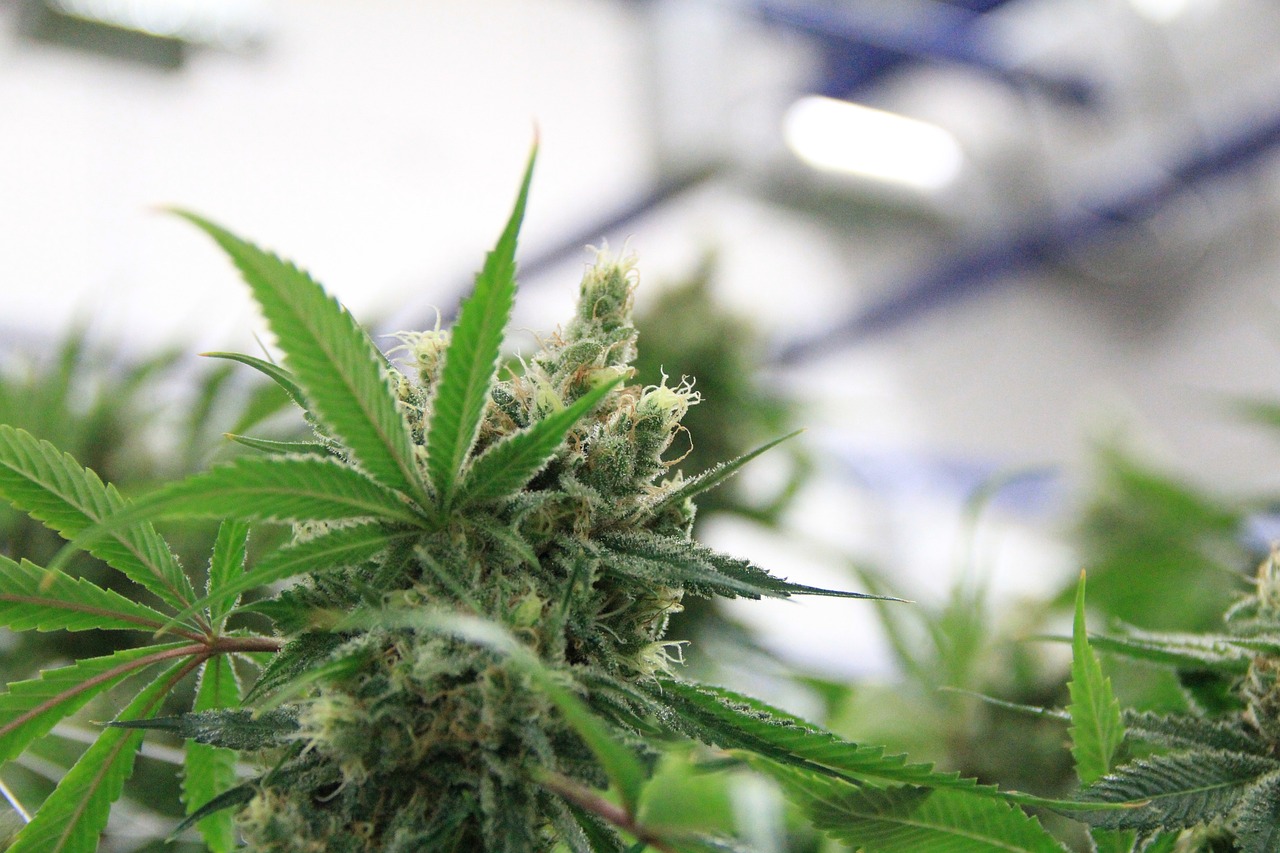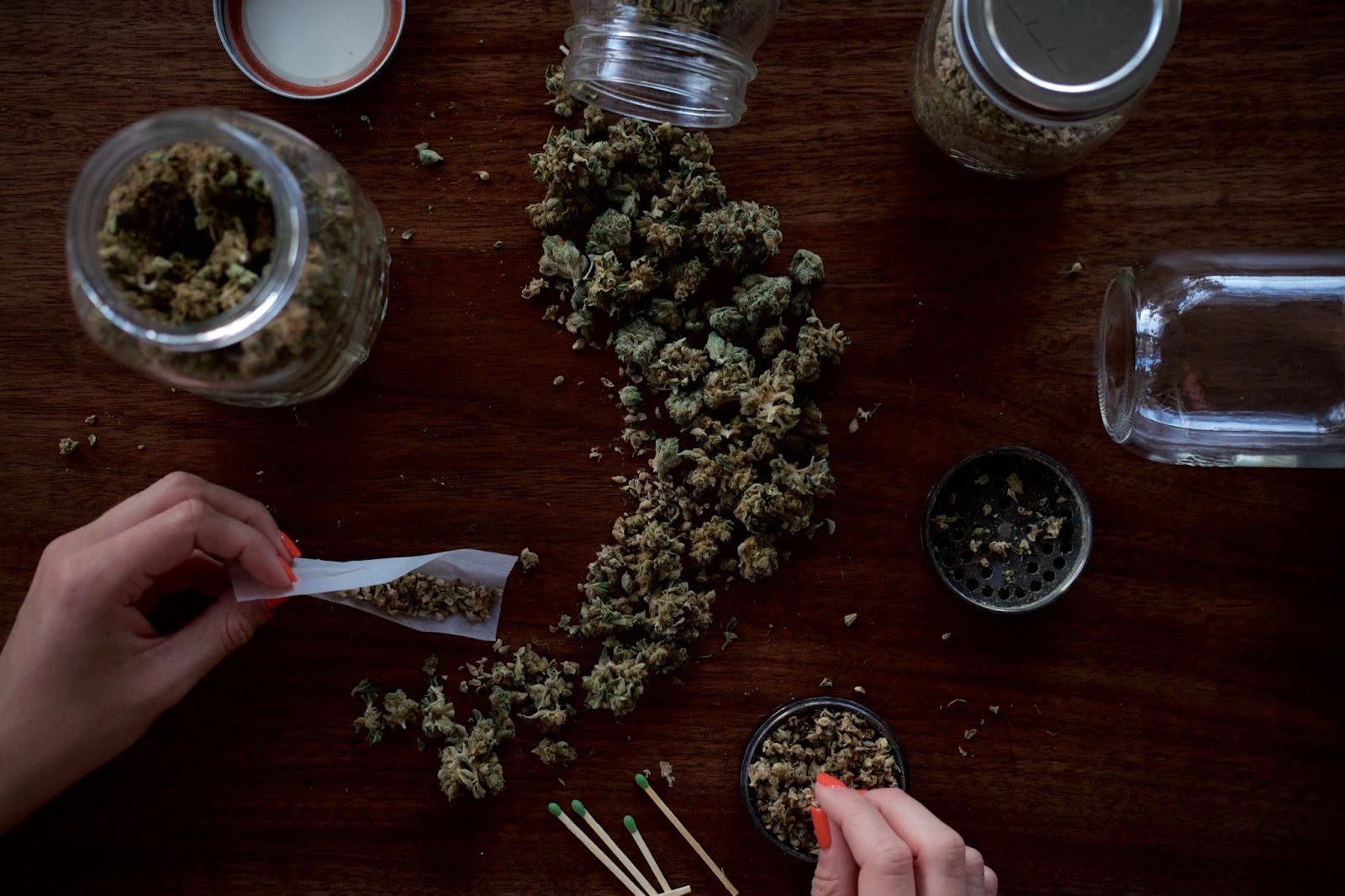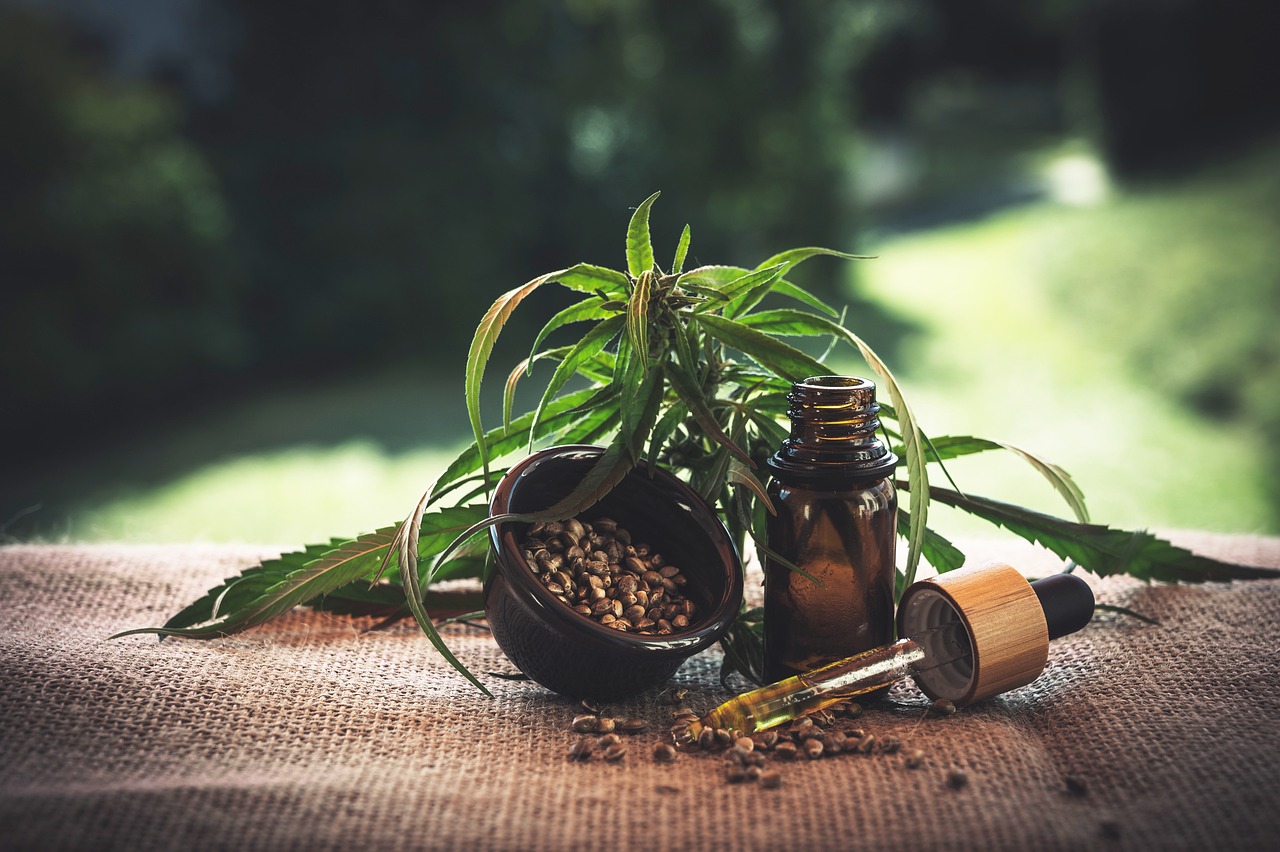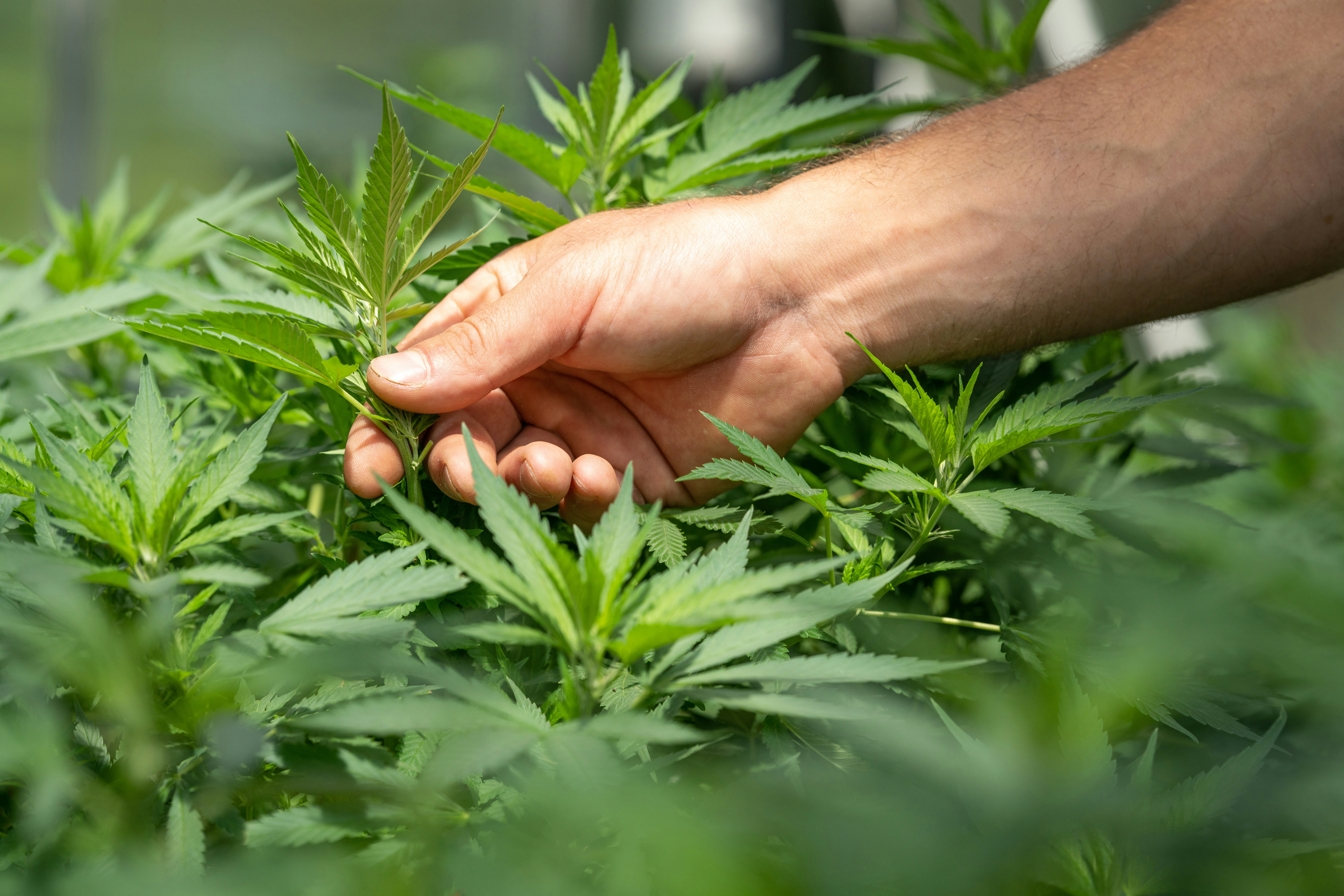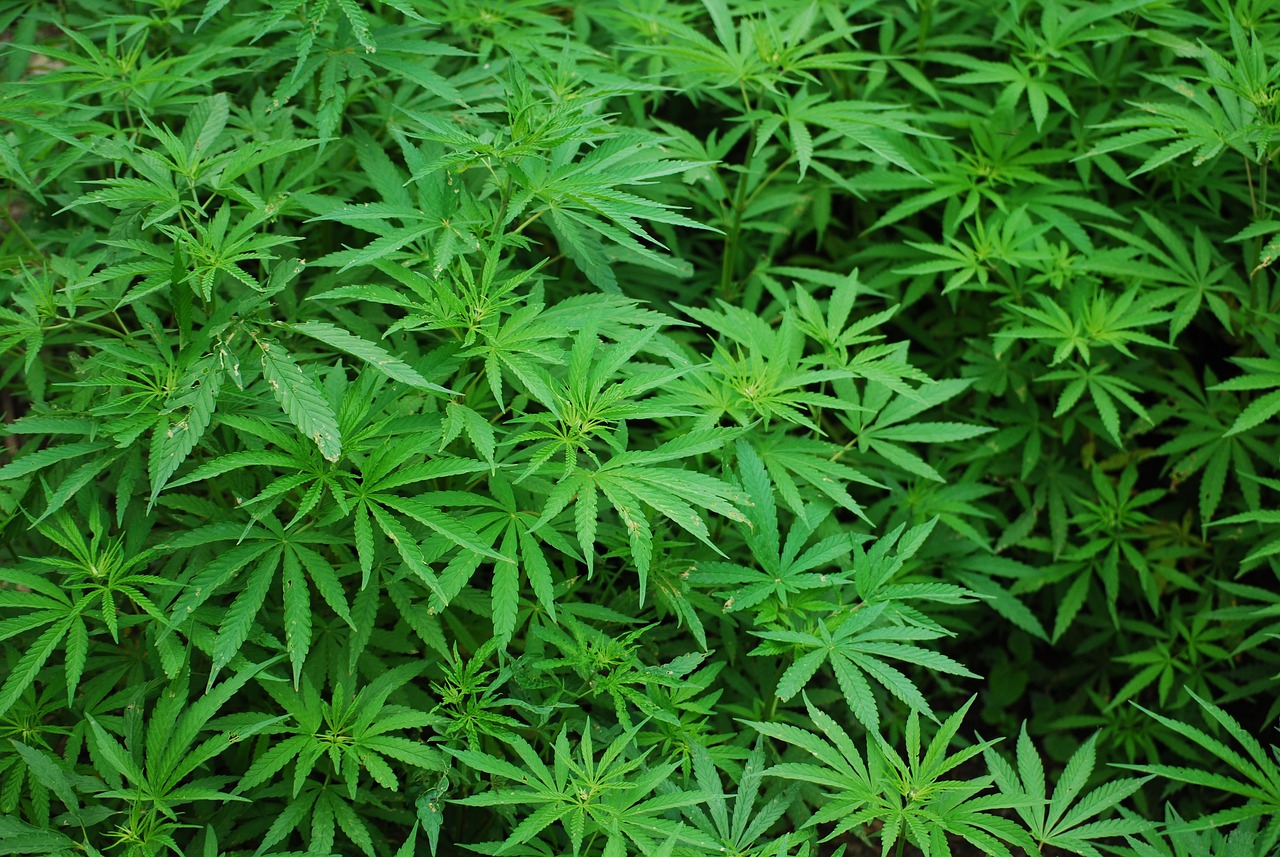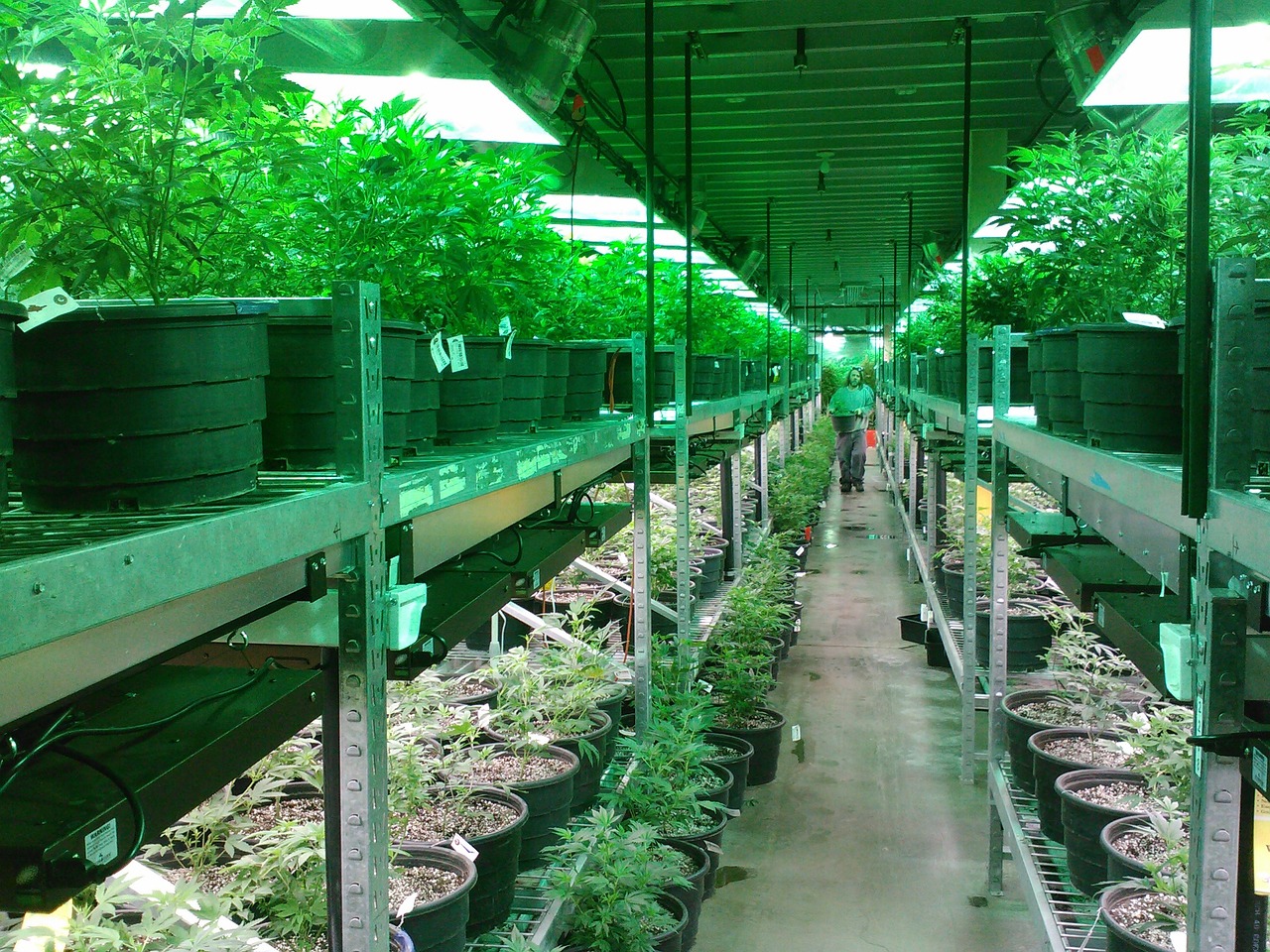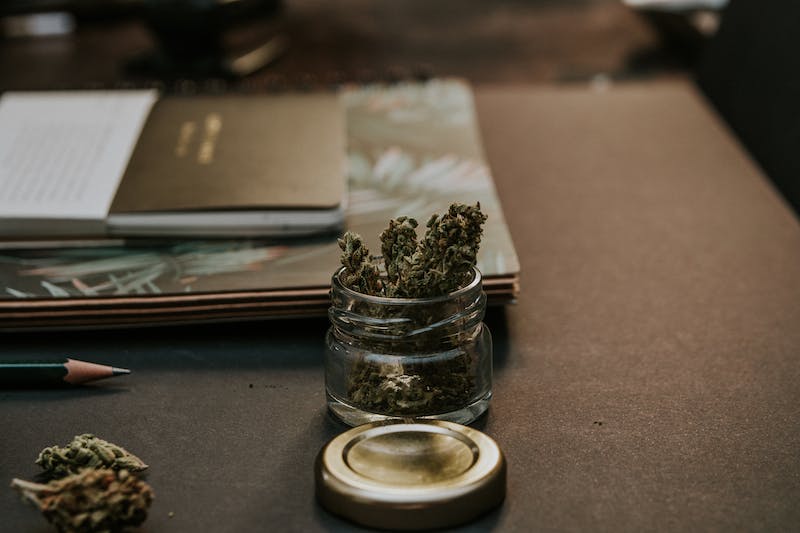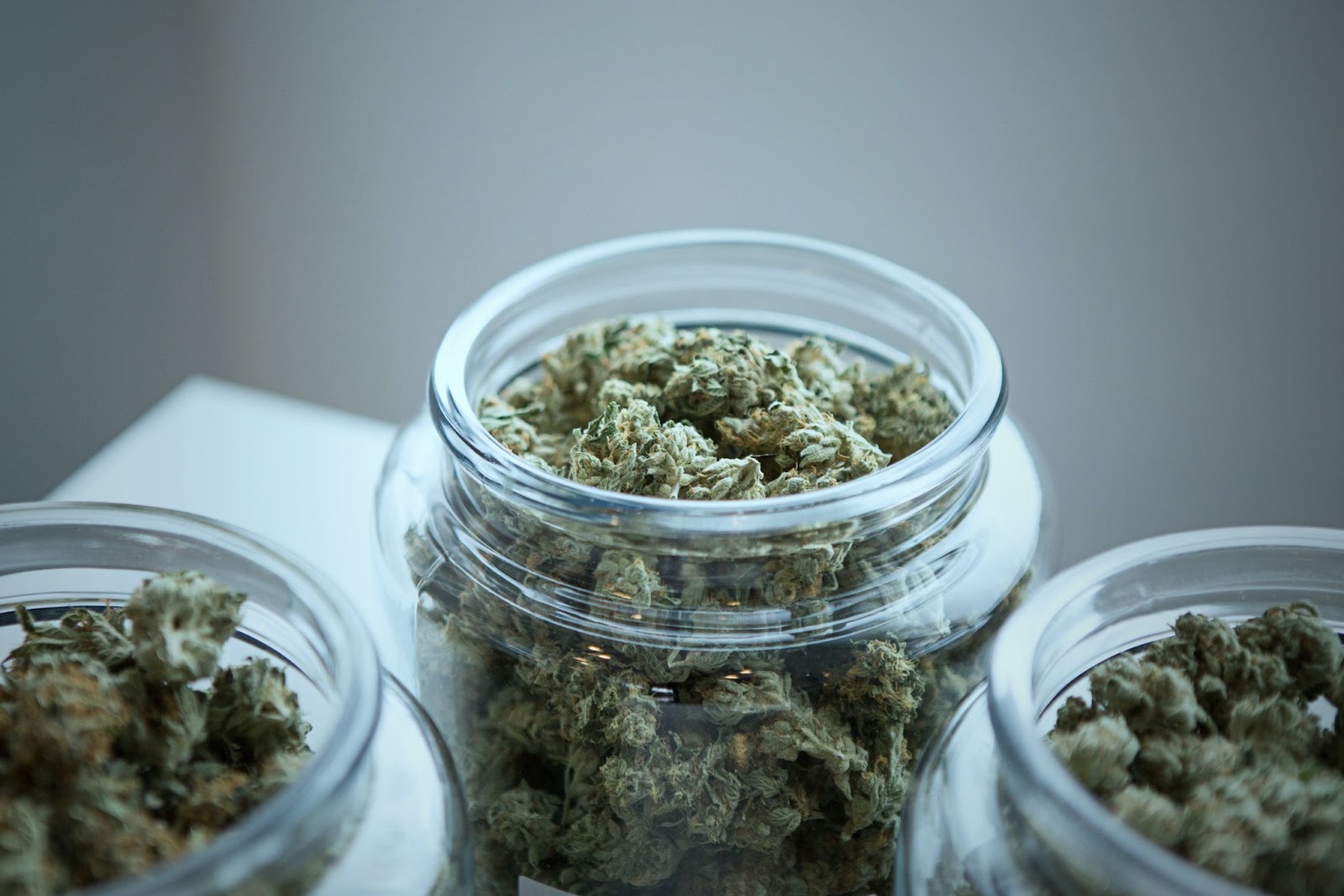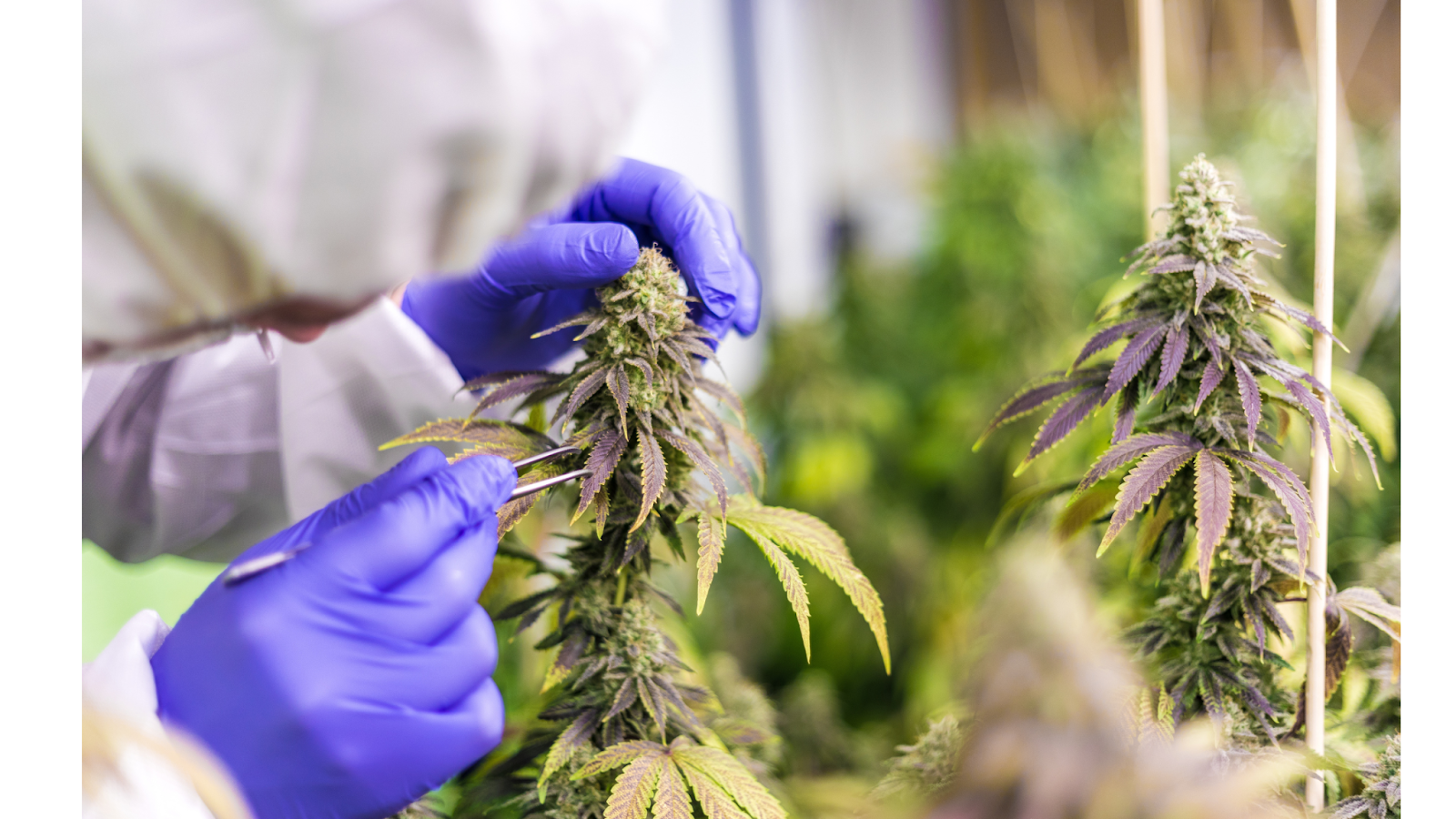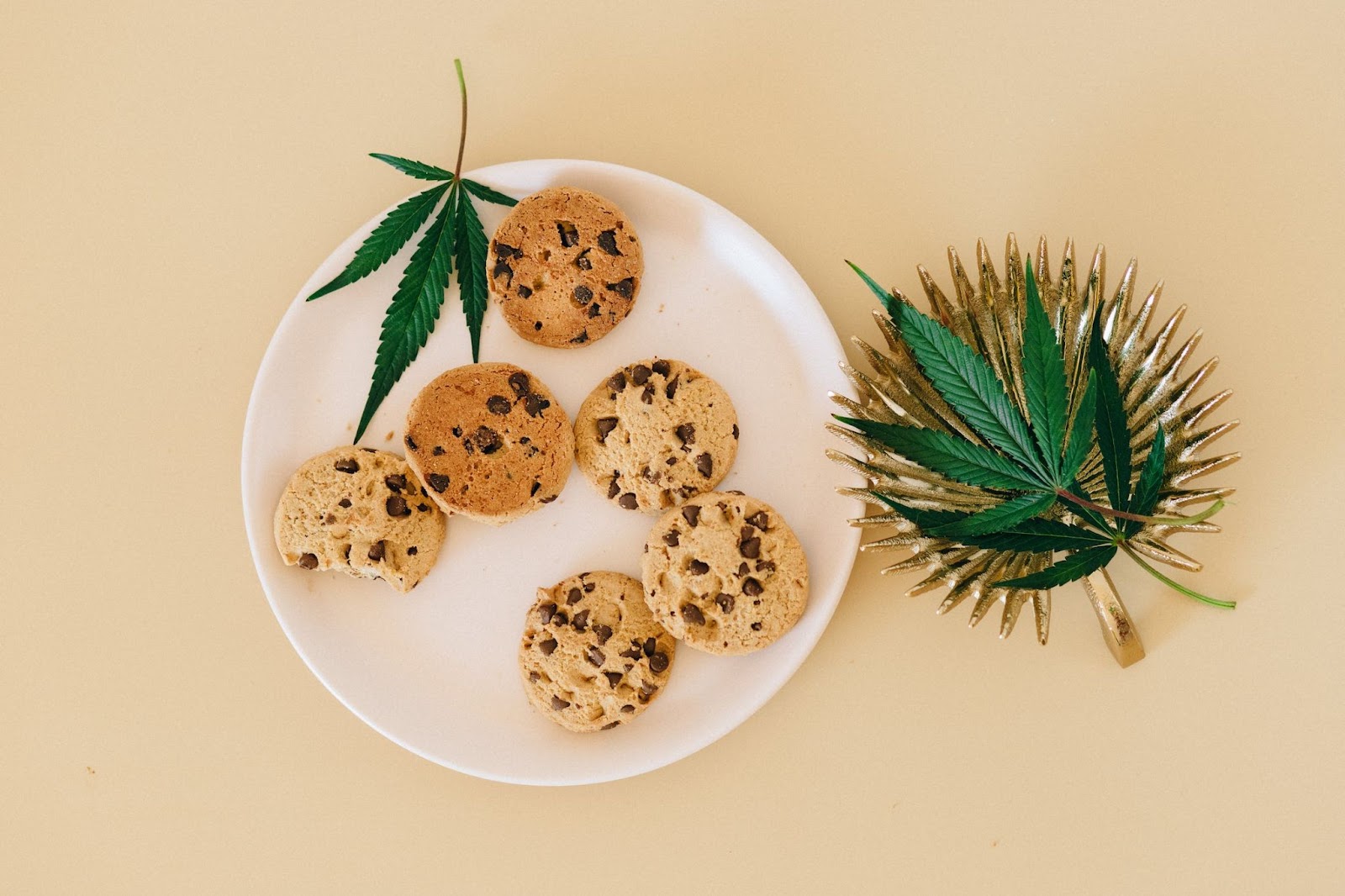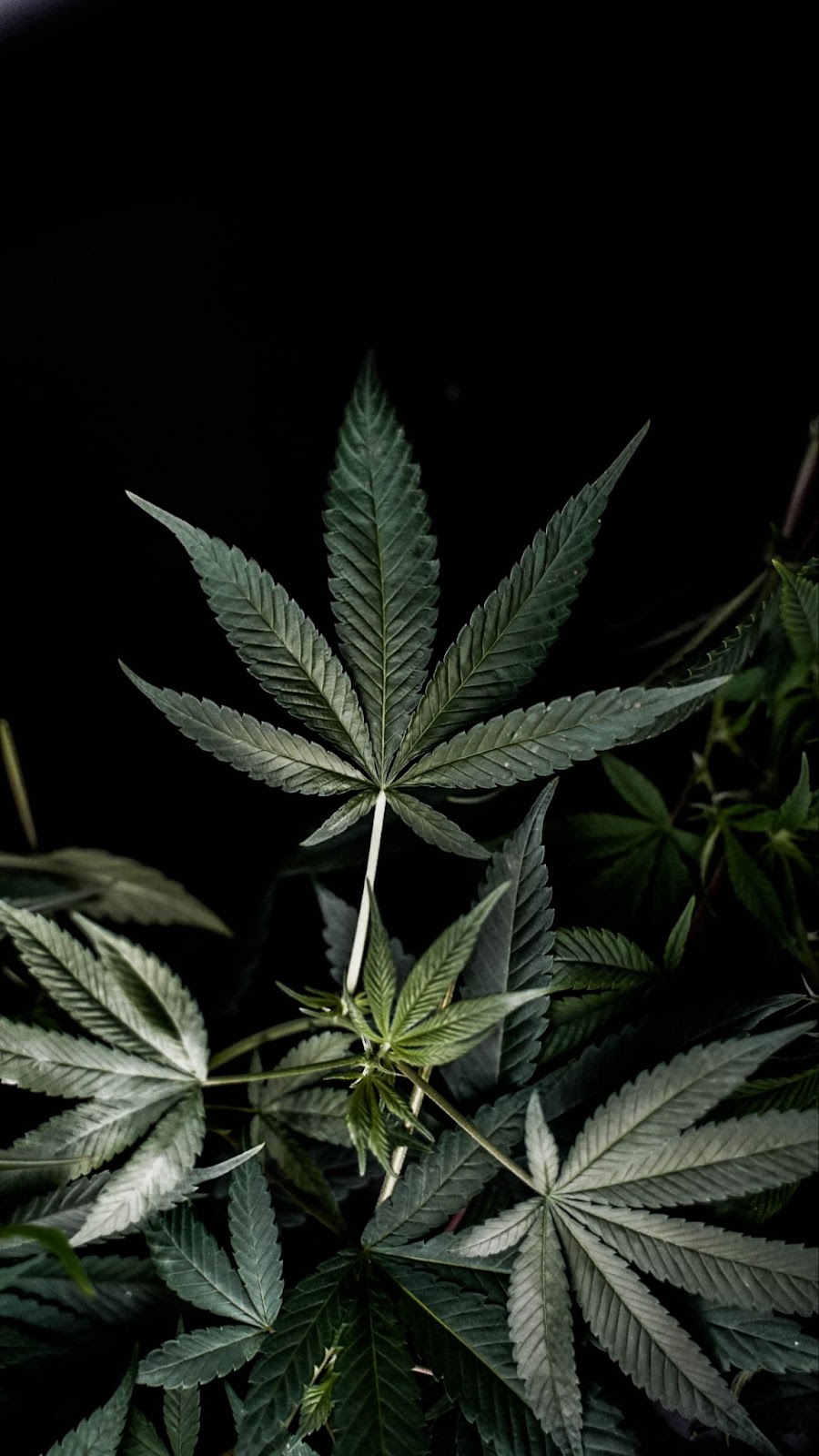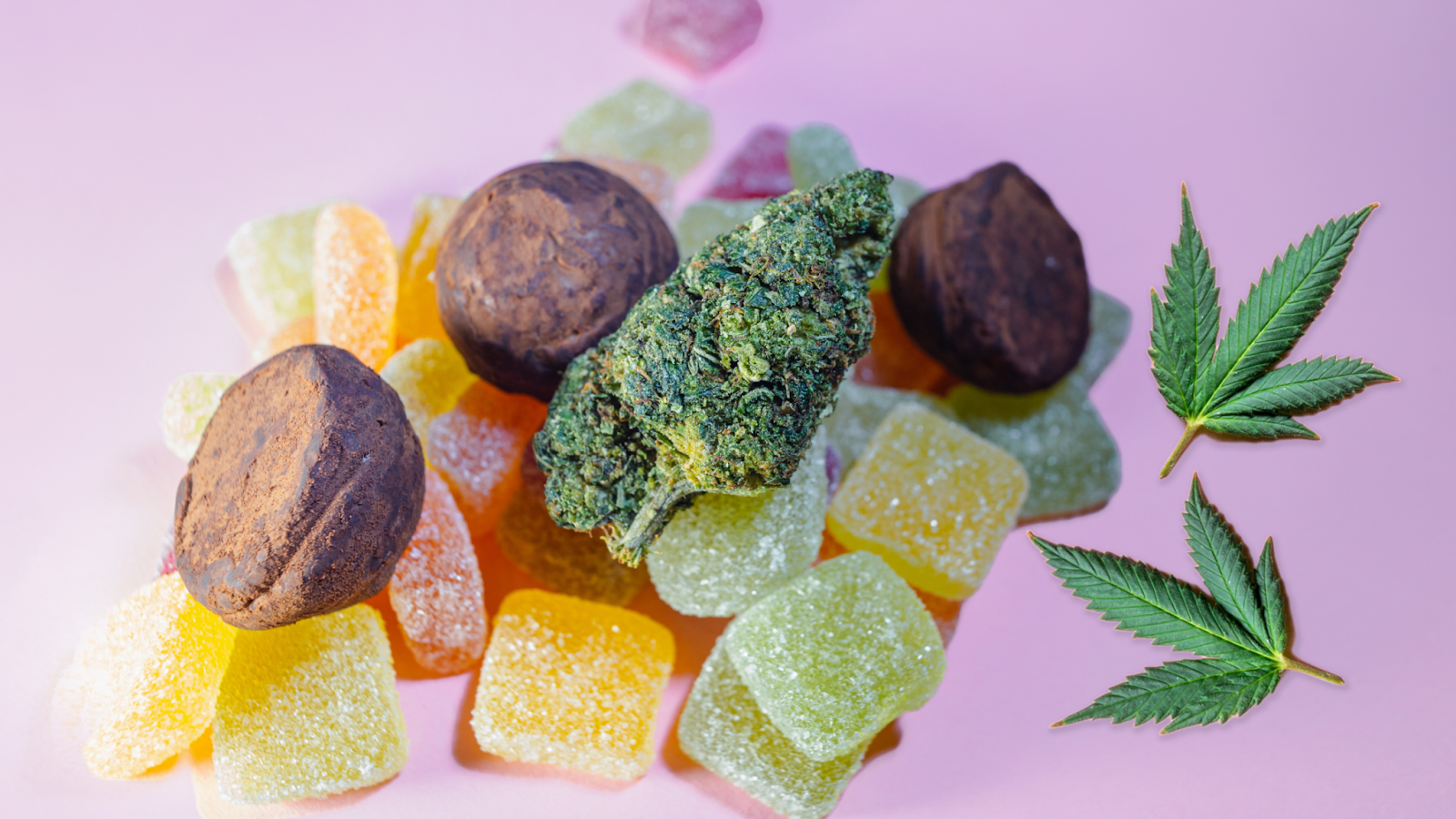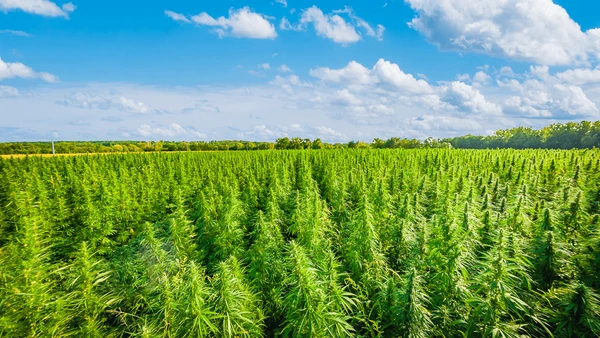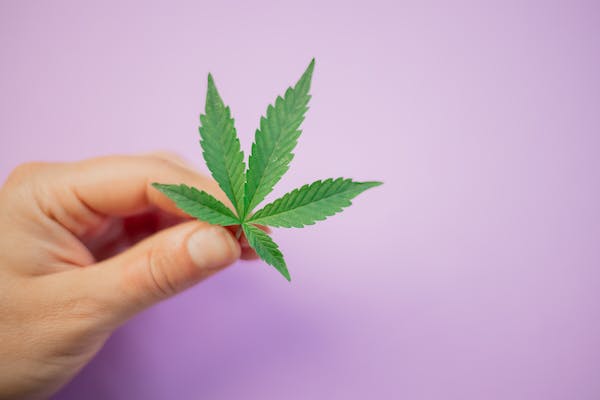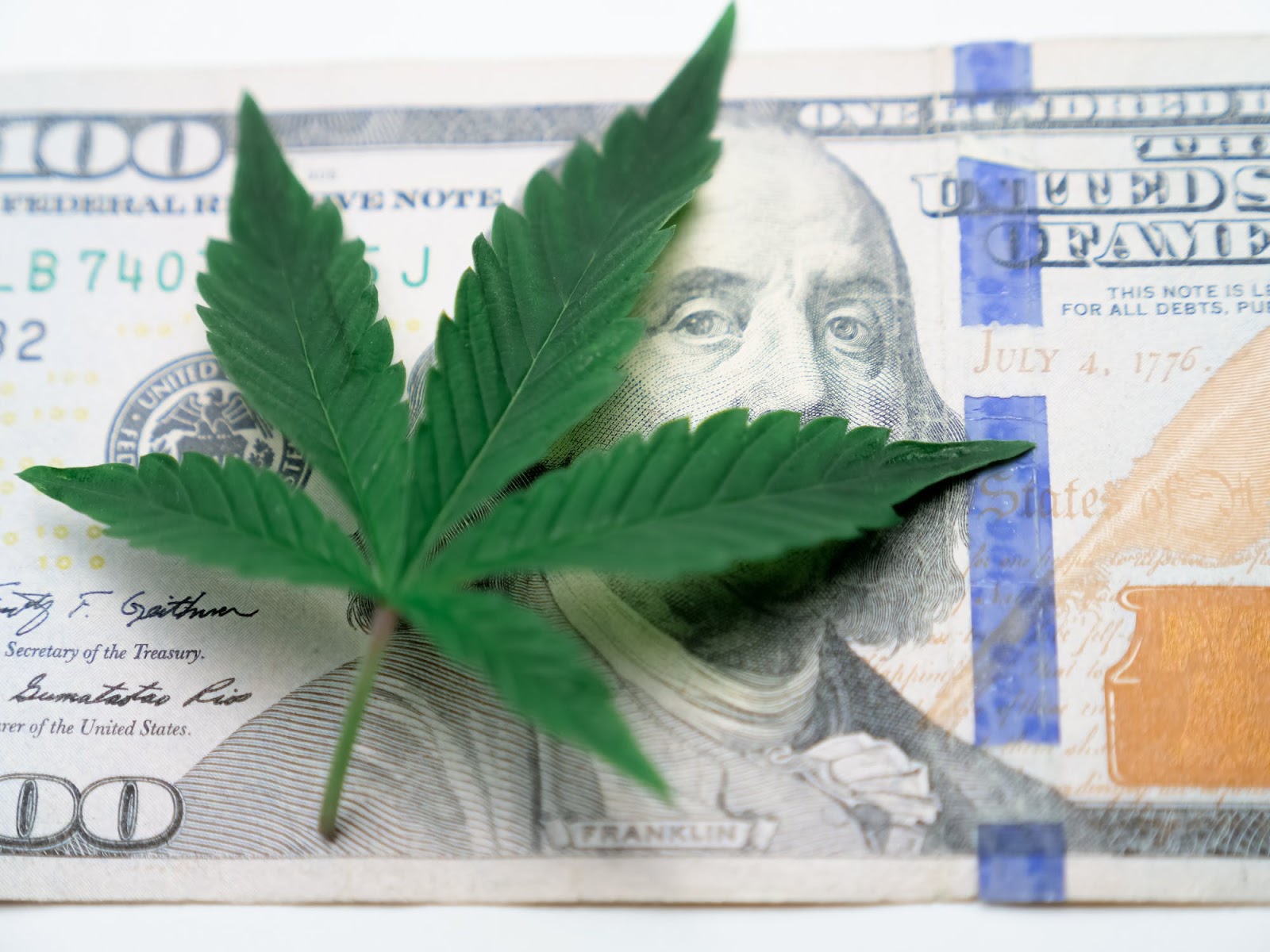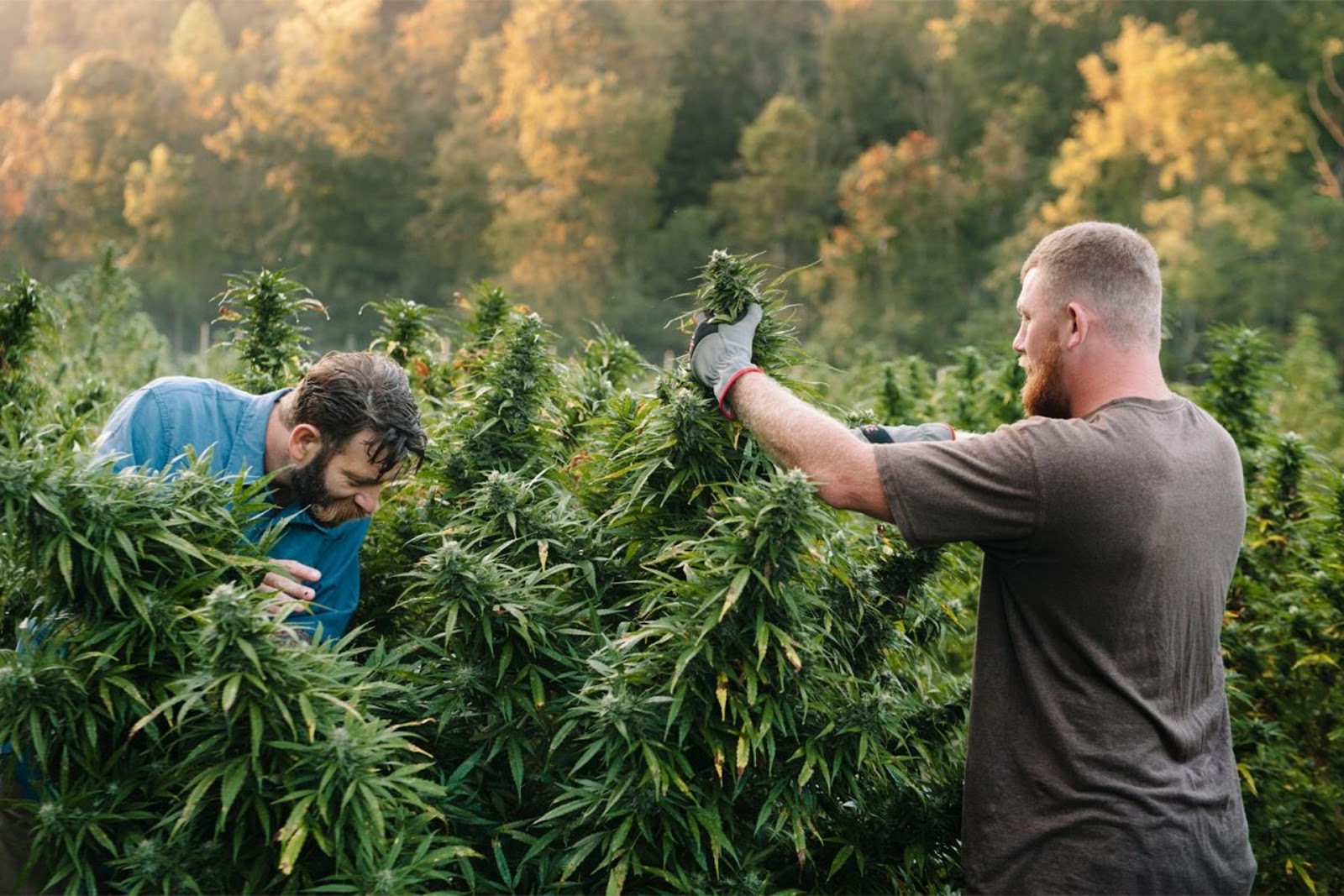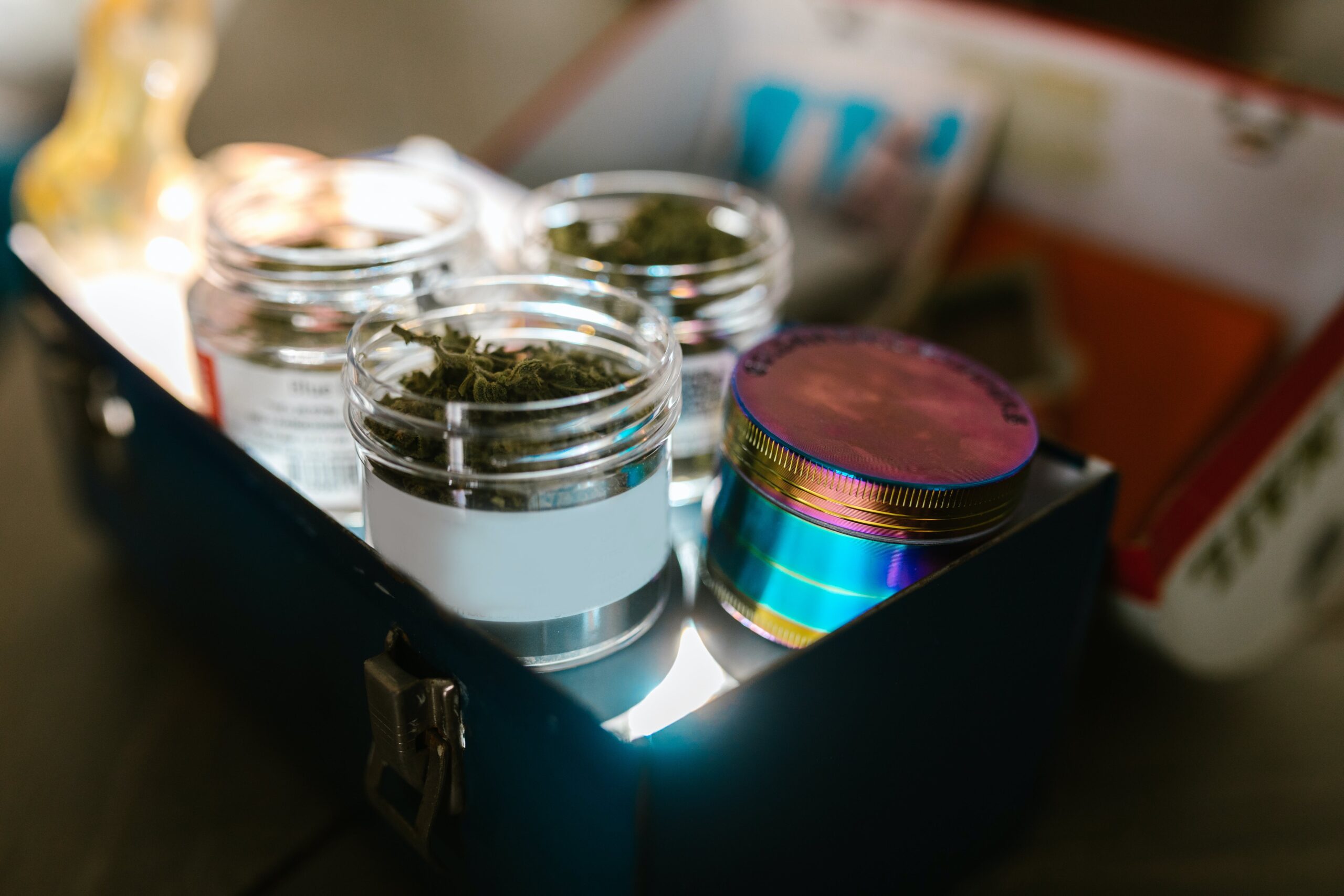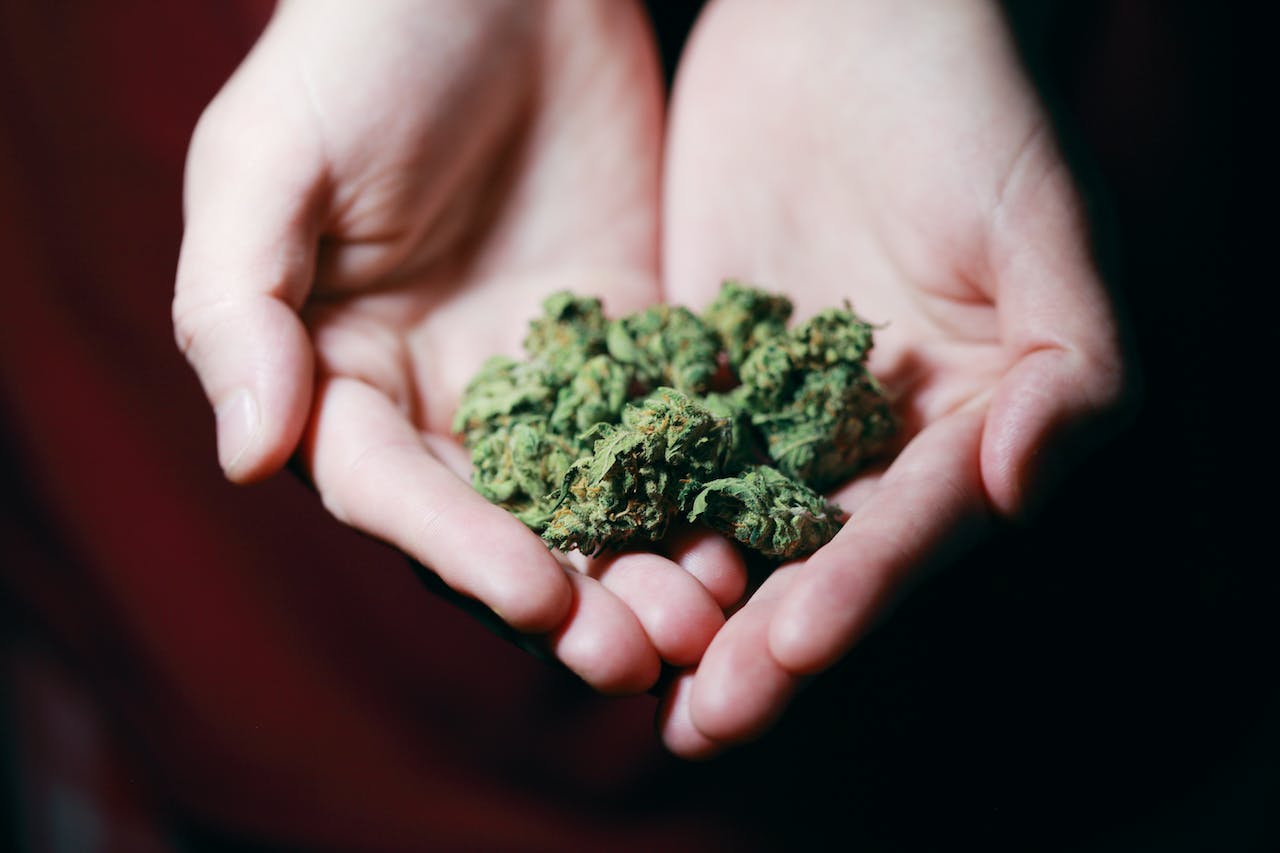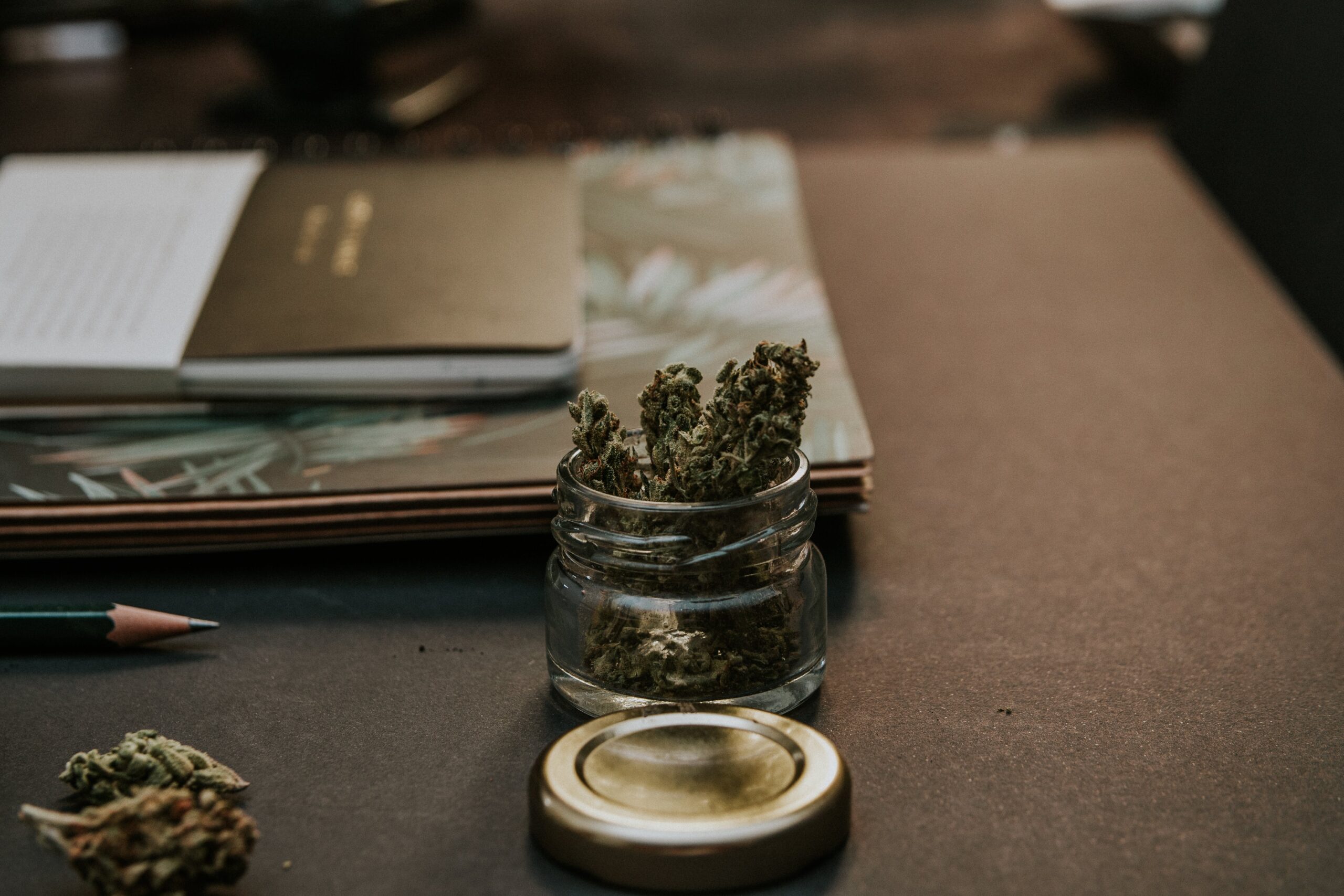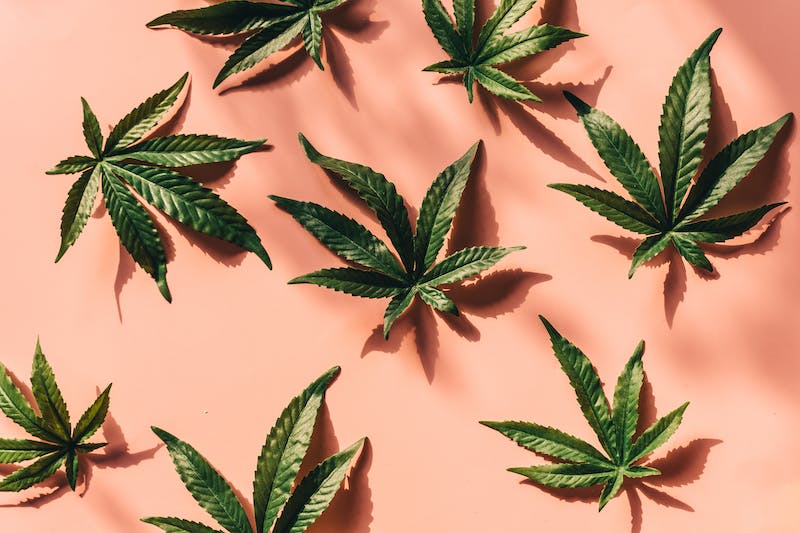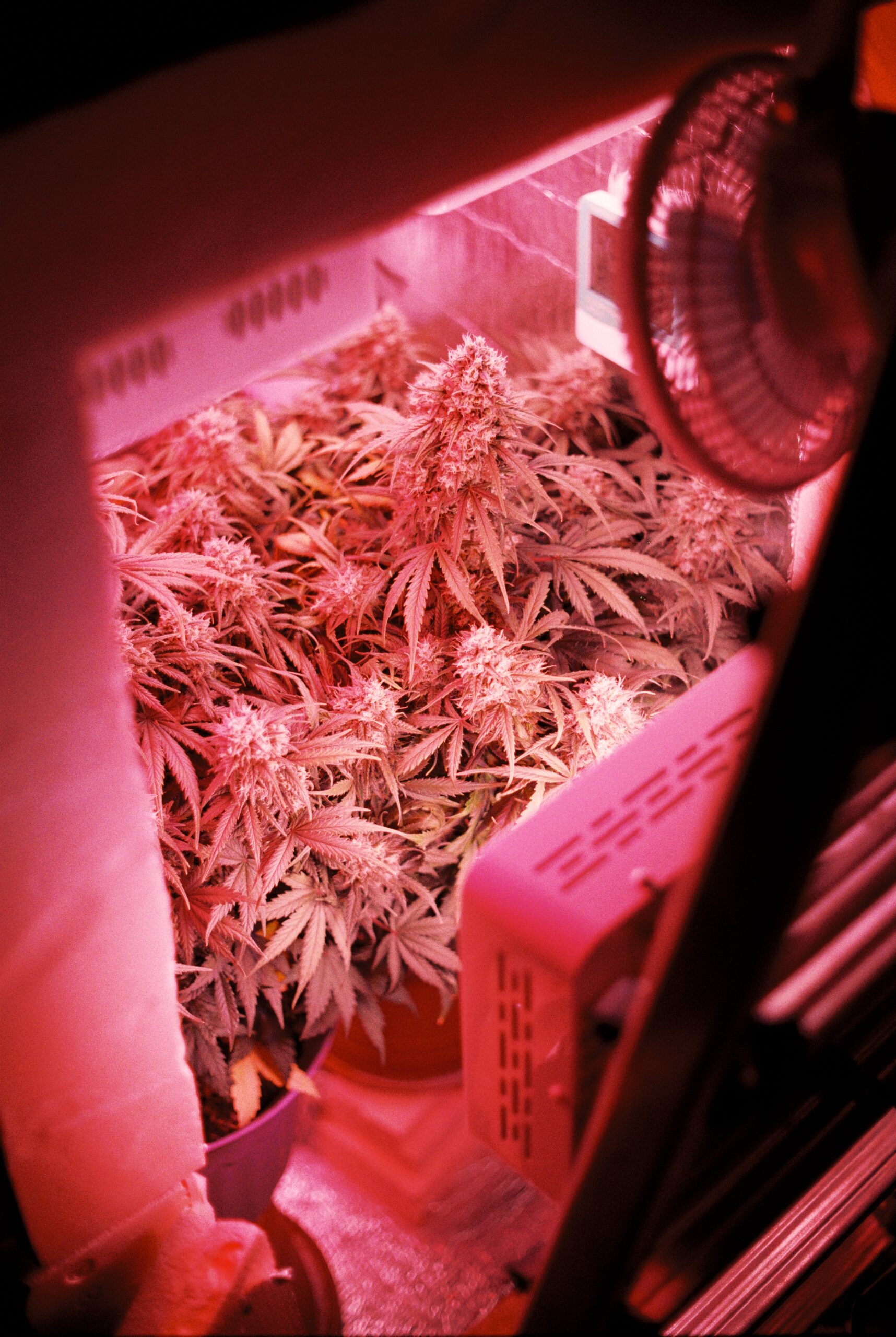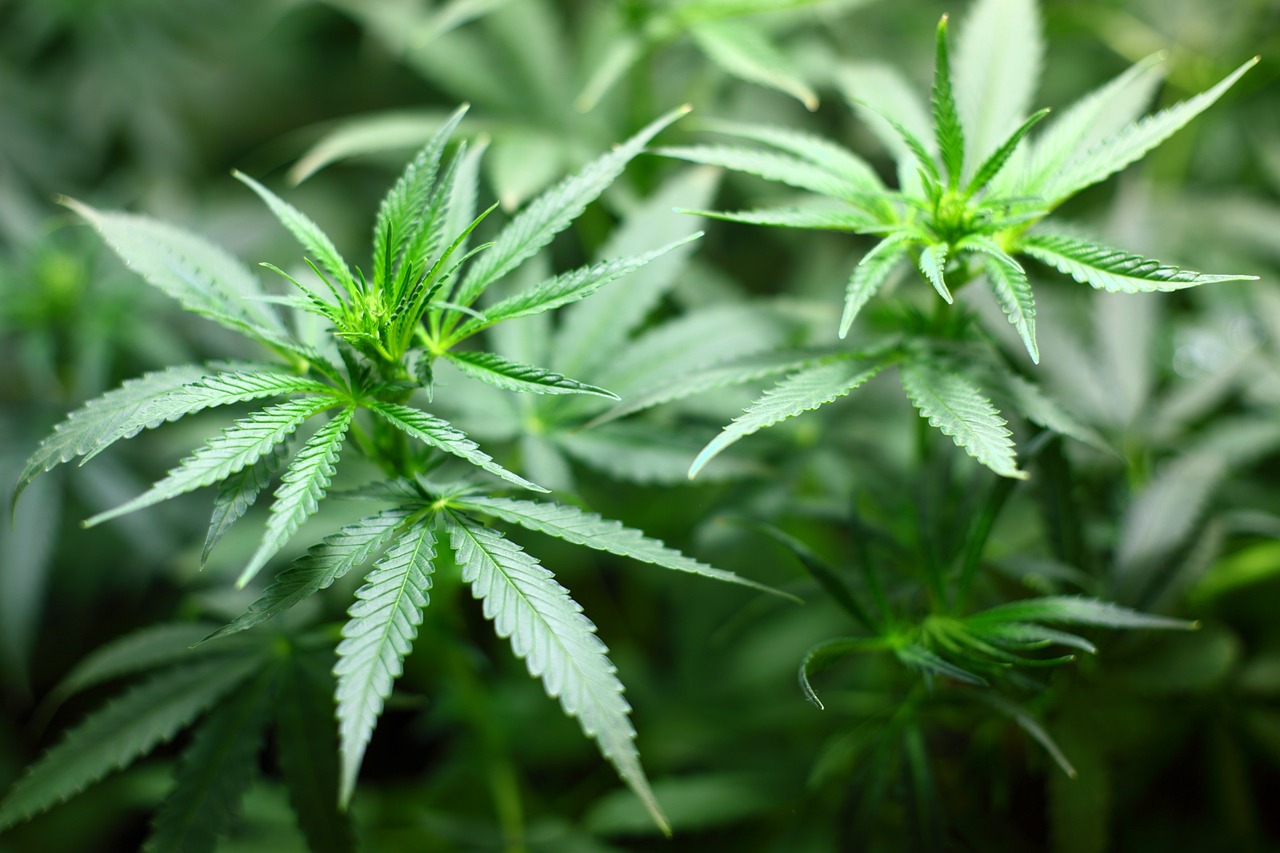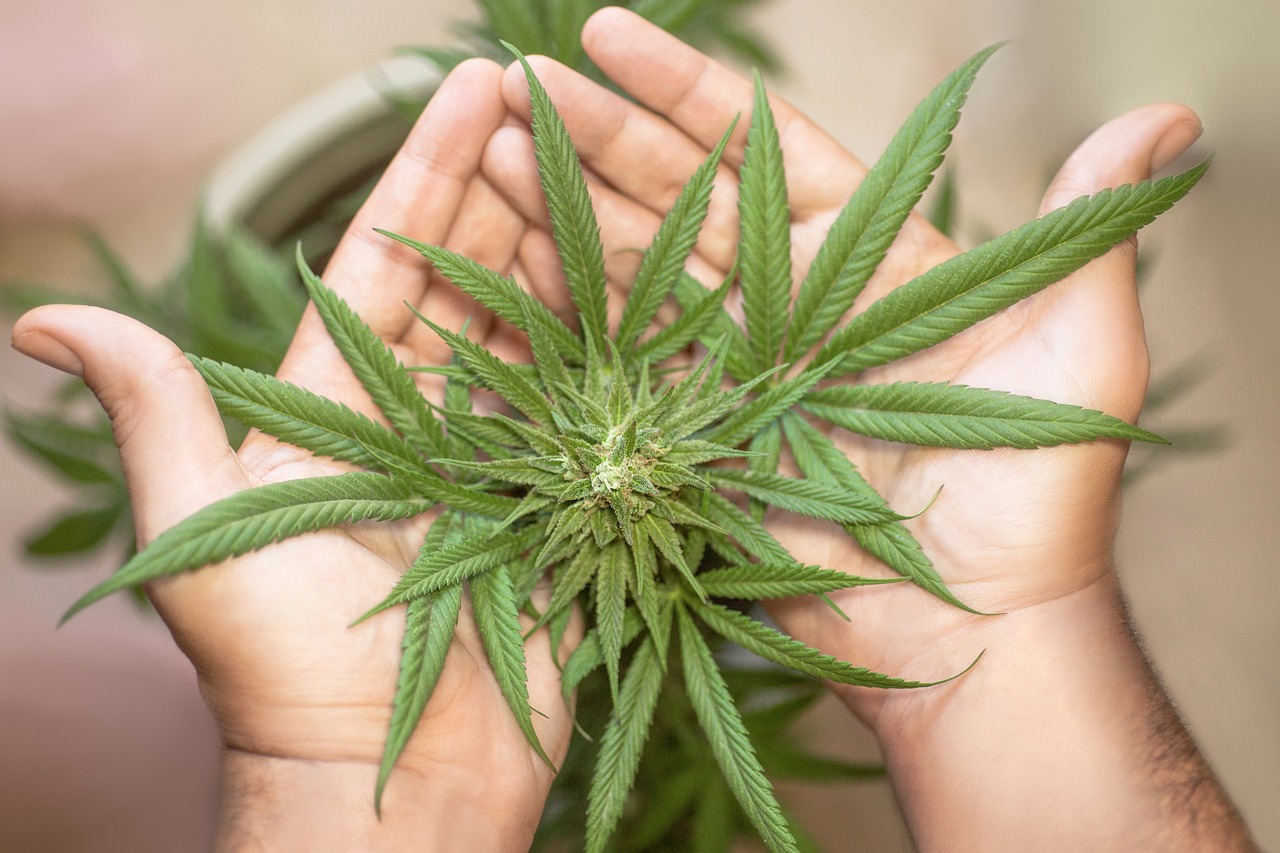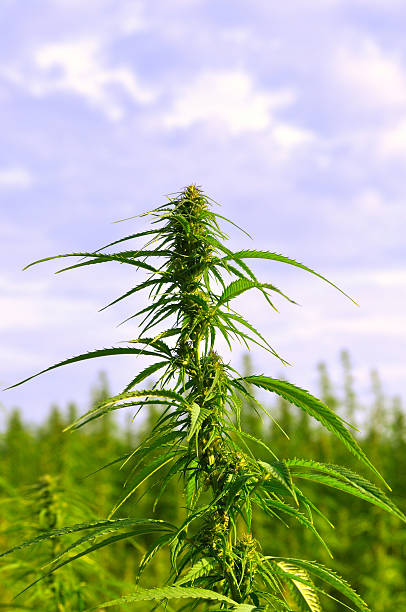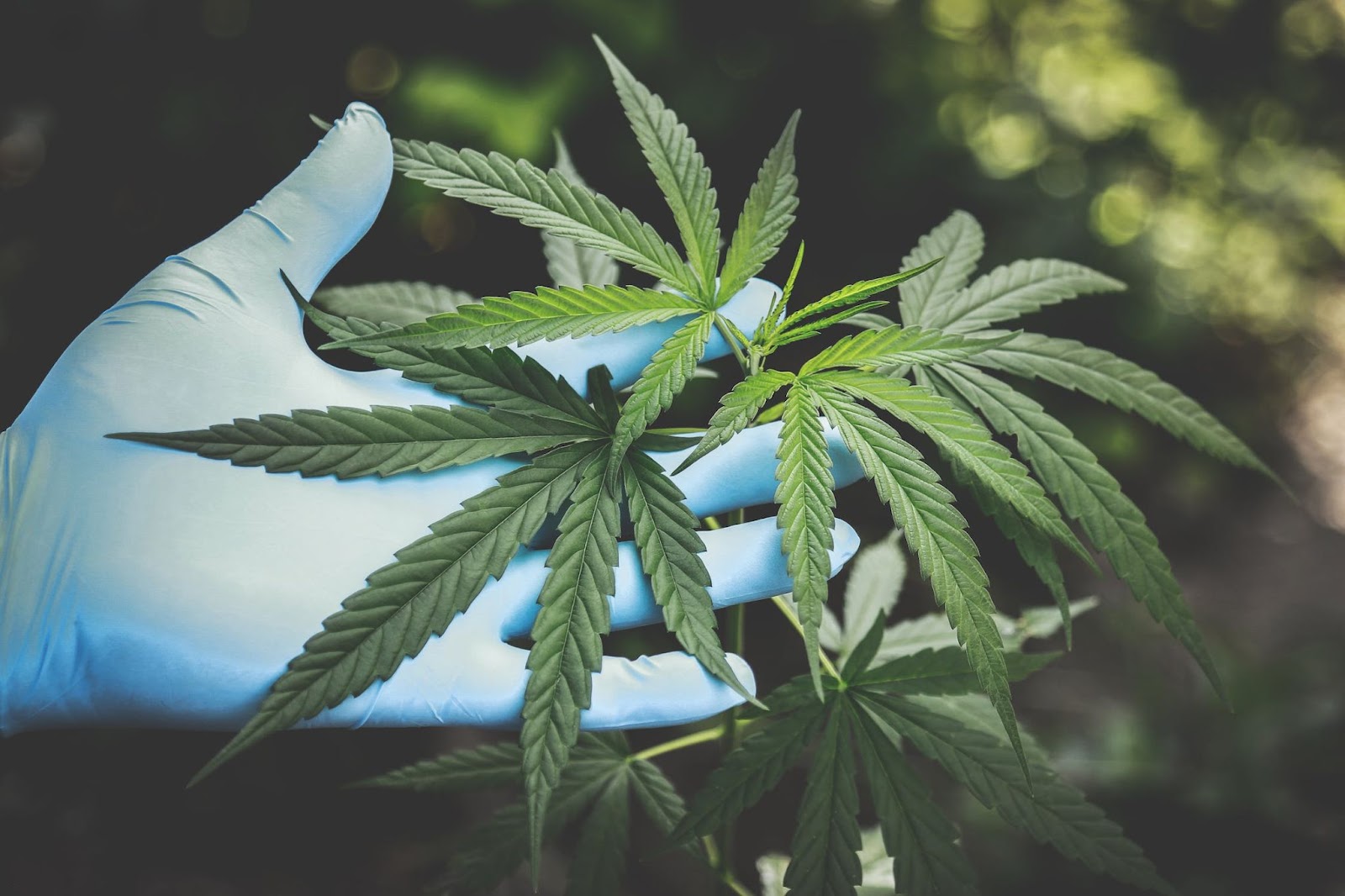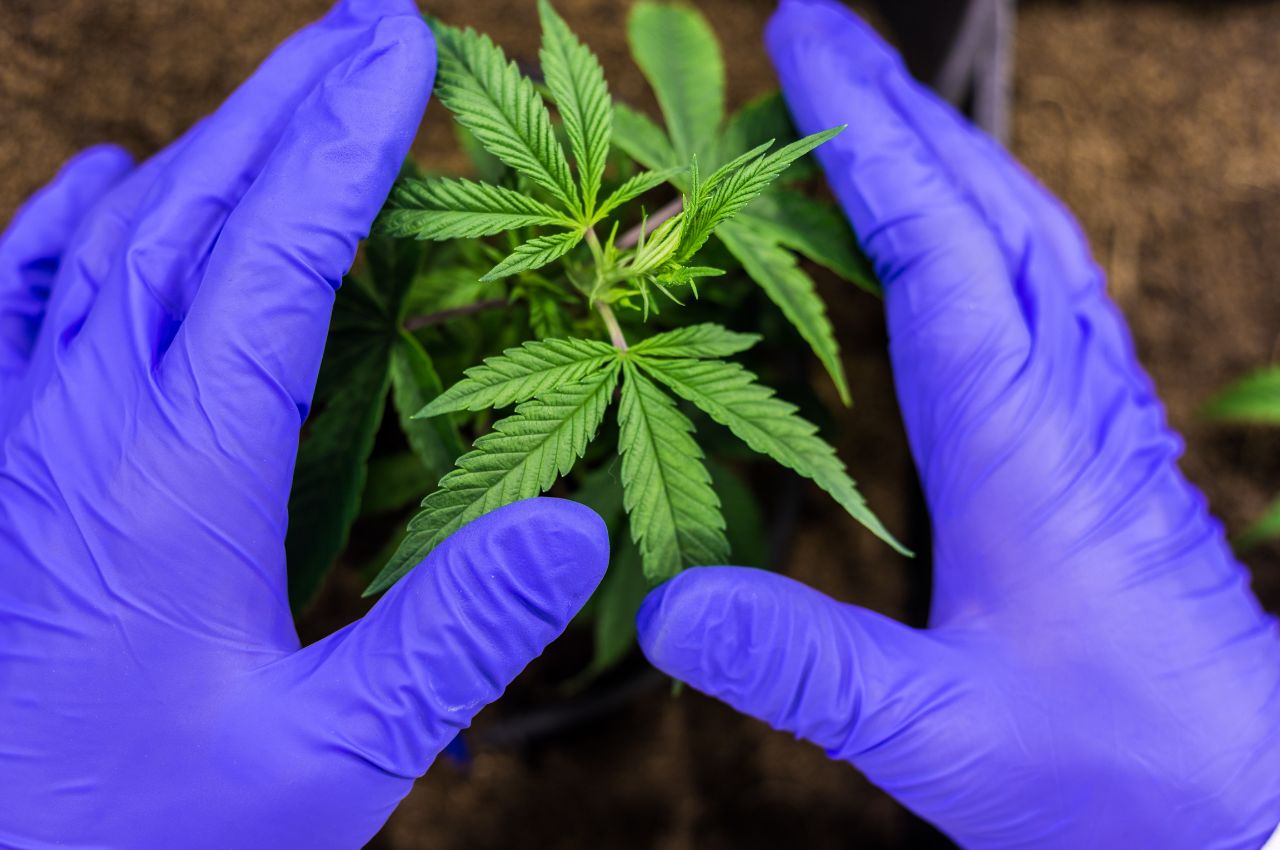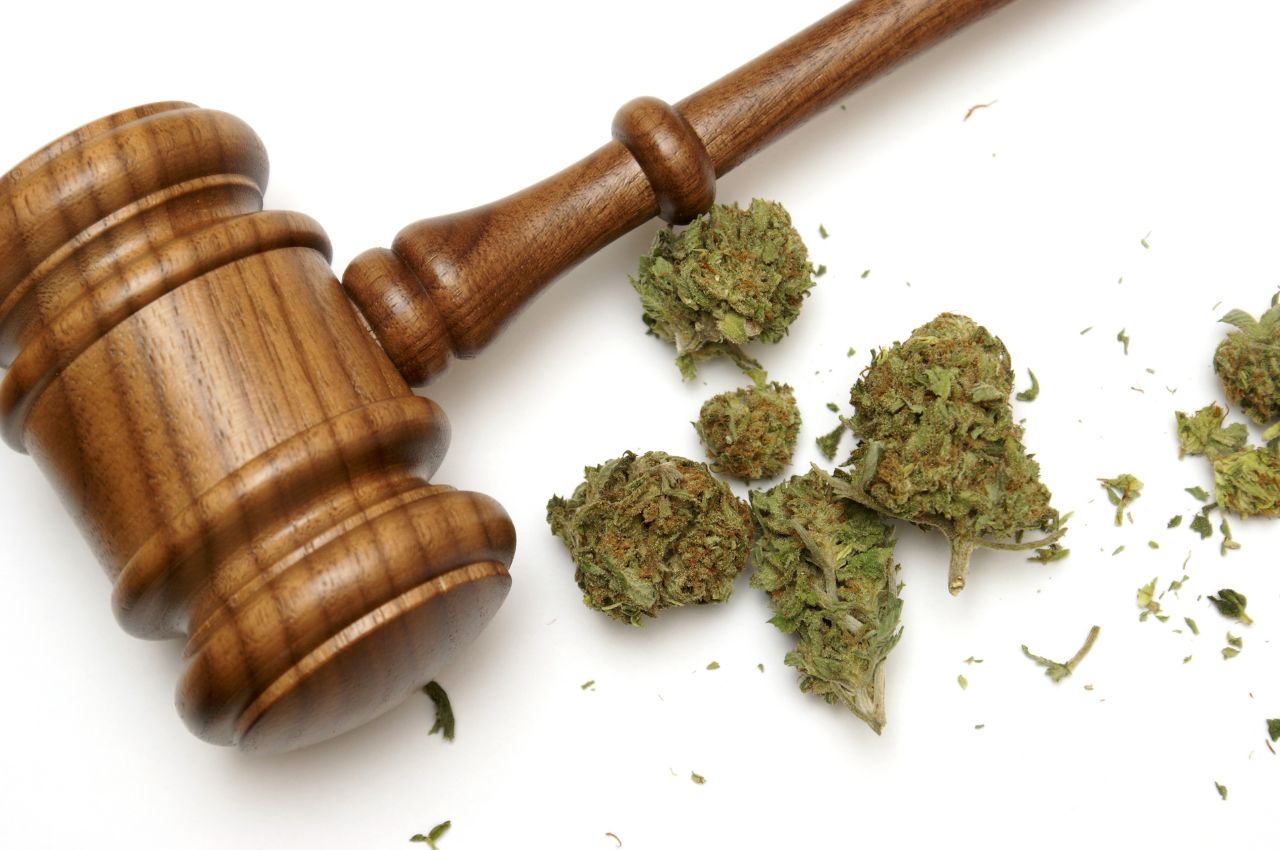Marijuana legalization is sweeping the country, bringing with it an expansion of the surrounding culture and a surge of interest in home-growing and local sourcing. In some states, cannabis plants can be found at farmer’s markets, and groups of local growers discuss different techniques for growing different strains, or even hybridizing. Some of this exploration has reached the level of innovation and science, developing a diverse new catalog of cannabis derivatives and concentrates.
The Rise of Potency: Understanding Cannabis Evolution
One of the most notable shifts in the cannabis landscape is a remarkable increase in potency observed in recent years. Historically, cannabis was primarily associated with its dried form, typically containing modest levels of THC (tetrahydrocannabinol), the psychoactive compound responsible for the “high” sensation. However, with advancements in cultivation techniques and extraction methods, the average THC concentration in cannabis has seen a staggering rise. From an average THC concentration of 4% in 1995, cannabis potency has soared to approximately 15% in 2021. Some concentrates boast THC levels exceeding 80%.
This surge in potency can be attributed to several factors, including selective breeding practices aimed at enhancing THC content and the advent of innovative extraction techniques. Cannabis now exists in a myriad of forms beyond traditional smoking, including oils, waxes, and powders, each offering higher concentrations of THC. These concentrates are consumed through various methods such as vaping and dabbing, facilitating rapid absorption and intensified effects.
Adolescent Attraction to Potency: A Cause for Concern?
With the proliferation of potent cannabis products, adolescents have emerged as a particularly vulnerable demographic. Drawn to the discrete nature of concentrated cannabis and the allure of heightened potency, adolescents are increasingly experimenting with these products. Vaping cannabis, in particular, has surged in popularity among youth, with past-year cannabis vaping nearly doubling from 2017 to 2020.
Navigating Health Risks: Adolescents and Cannabis Use
The allure of potent cannabis products among adolescents raises significant health concerns. Research indicates that cannabis use during adolescence can disrupt brain development and increase the risk of mental health disorders. The heightened potency of cannabis concentrates exacerbates these risks, with adolescents facing greater susceptibility to adverse effects such as cognitive impairment and psychiatric symptoms. Early initiation of cannabis use has been linked to a myriad of negative outcomes, including academic underachievement and engagement in risky behaviors.
The Role of Education: Importance of Early Conversations
In light of these risks, early and proactive conversations about cannabis and drug use are imperative for mitigating harm among adolescents. Research underscores the efficacy of parental disapproval in deterring adolescent drug use, highlighting the critical role of open dialogue and education in shaping attitudes toward substance use. By fostering a supportive environment and equipping adolescents with accurate information, caregivers can empower them to make informed decisions and navigate peer pressure effectively.
Parents and adolescents should be particularly careful about cannabis use. The unknowns surrounding the effect of cannabis on the brain are matched only by the unknowns surrounding the adolescent brain itself. One long-term study led by Matthew Albaugh, Ph.D., of the University of Vermont, utilized MRI scans to reveal a concerning correlation between cannabis use and thinning of the prefrontal cortex, a brain region crucial for executive functioning and impulse control. As researchers continue to unravel the complexities of cannabis-related brain changes, prioritizing education and intervention strategies becomes imperative in promoting healthy development and mitigating potential risks associated with adolescent cannabis use.





































